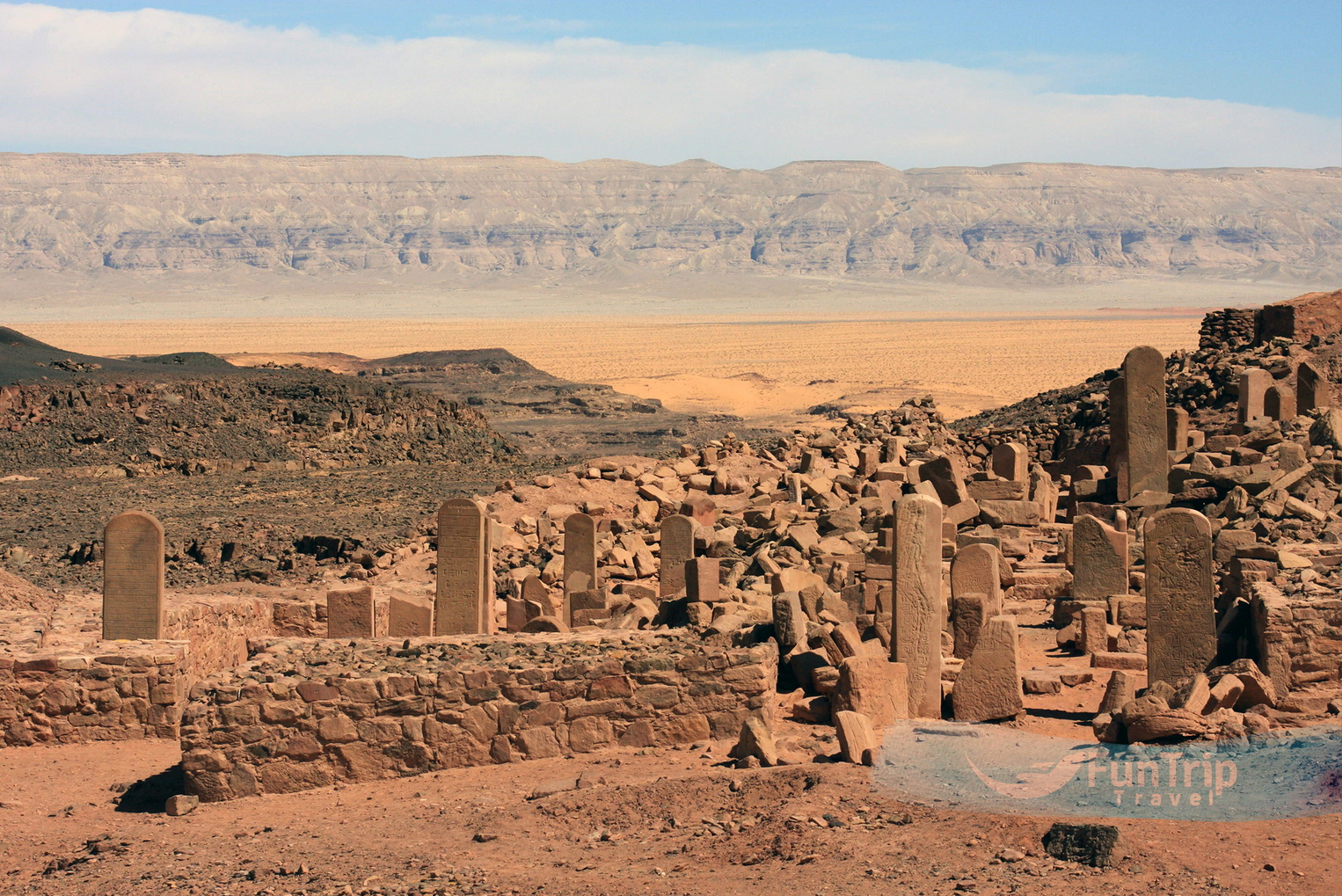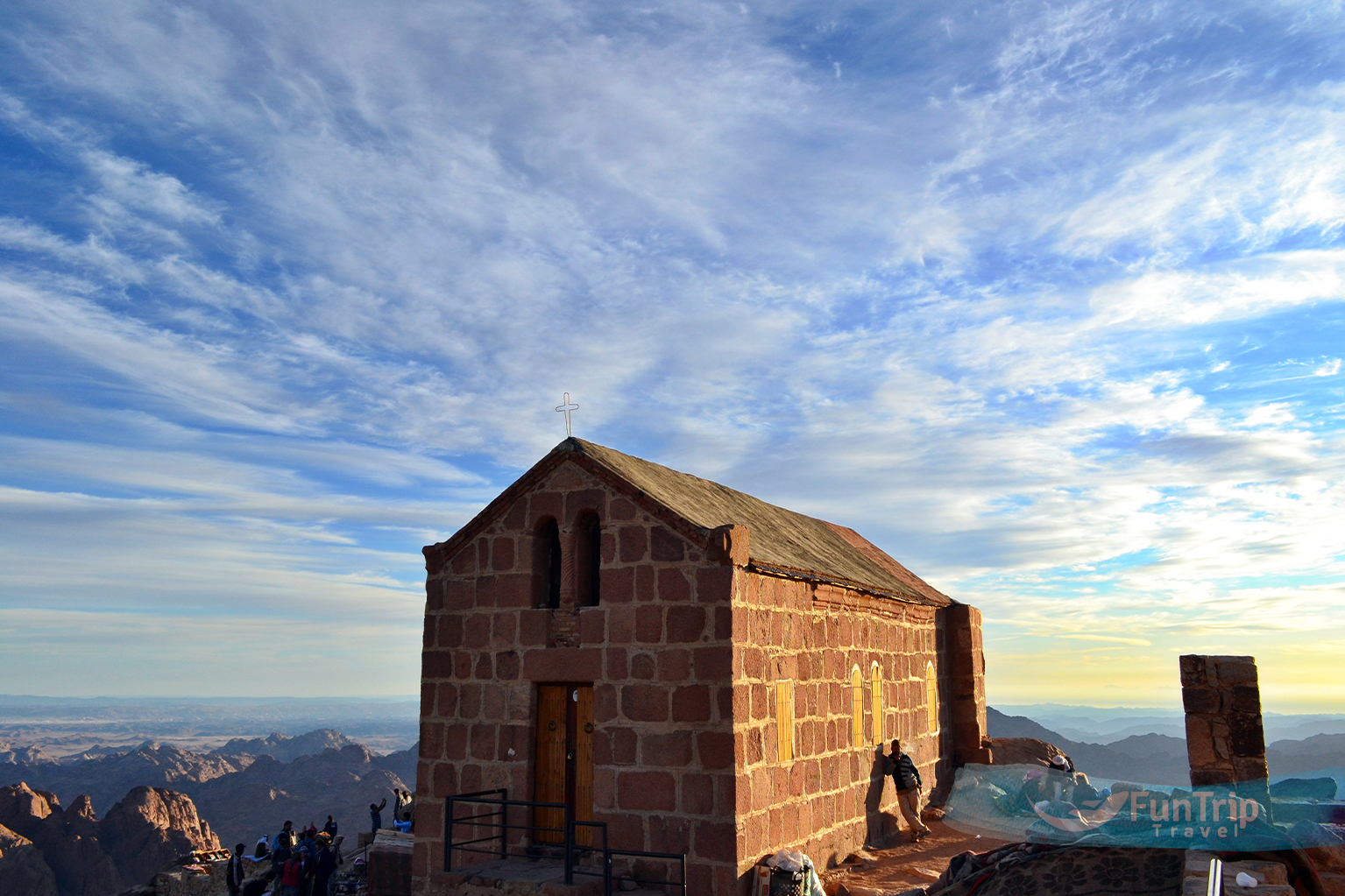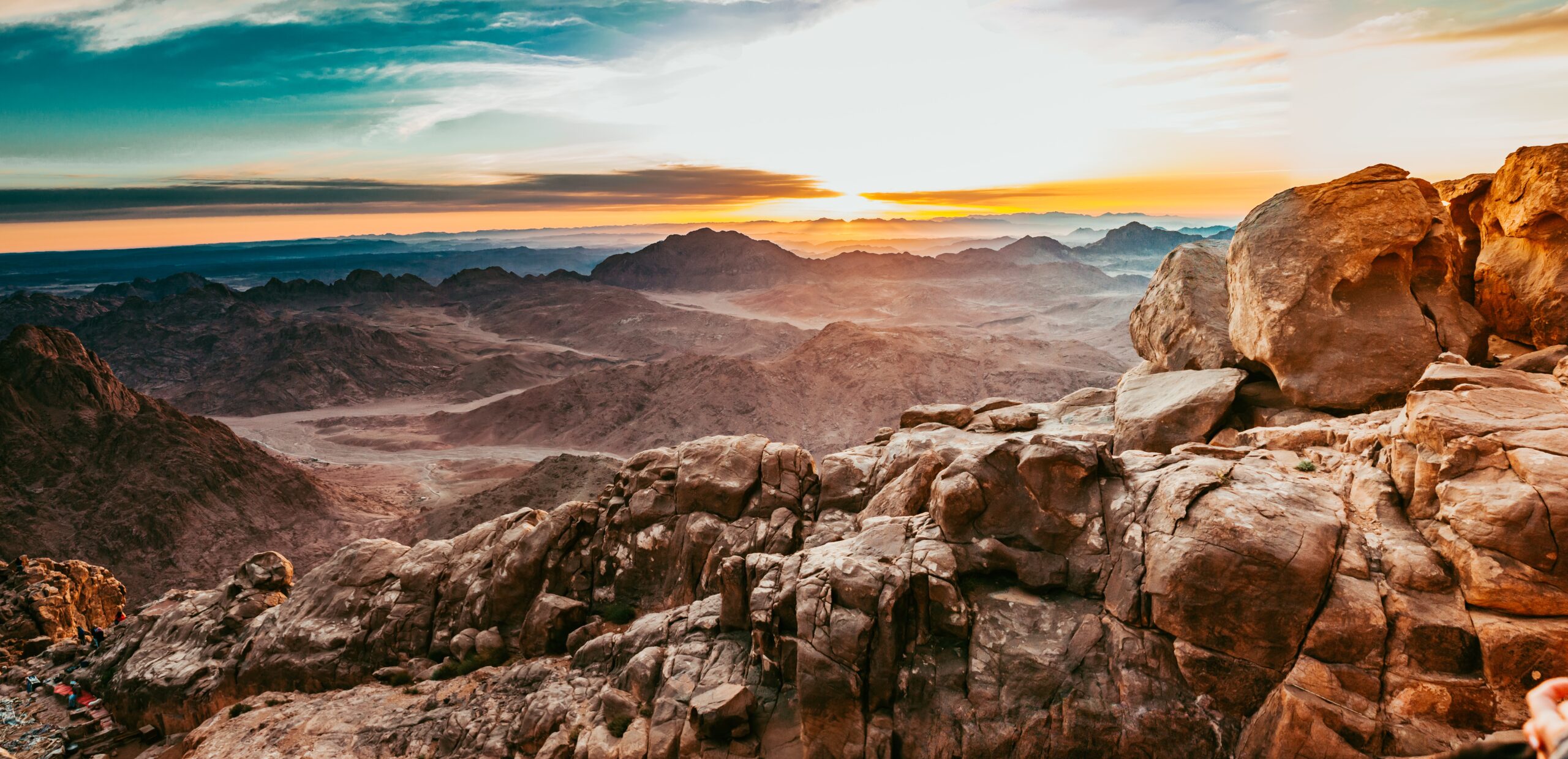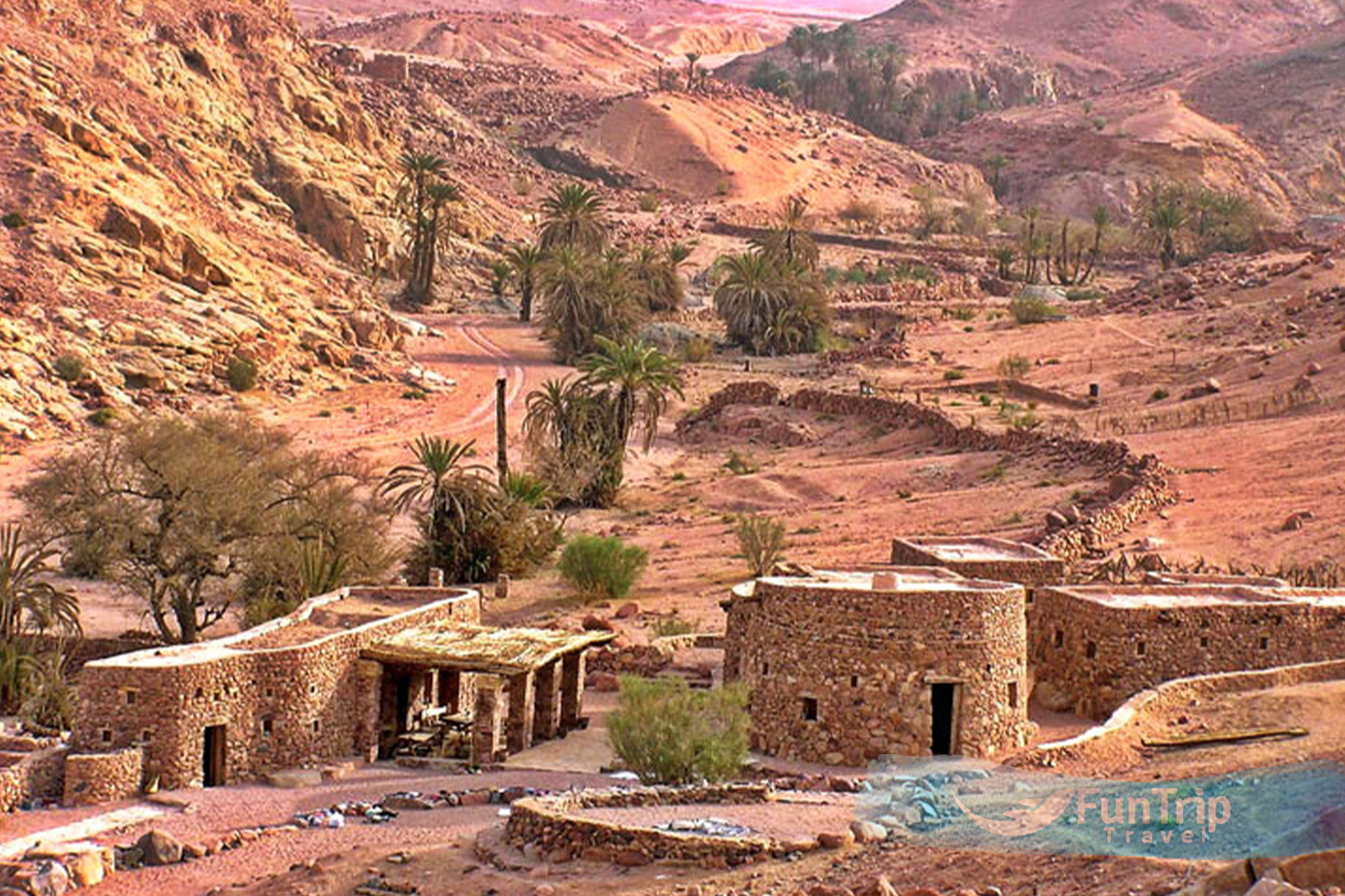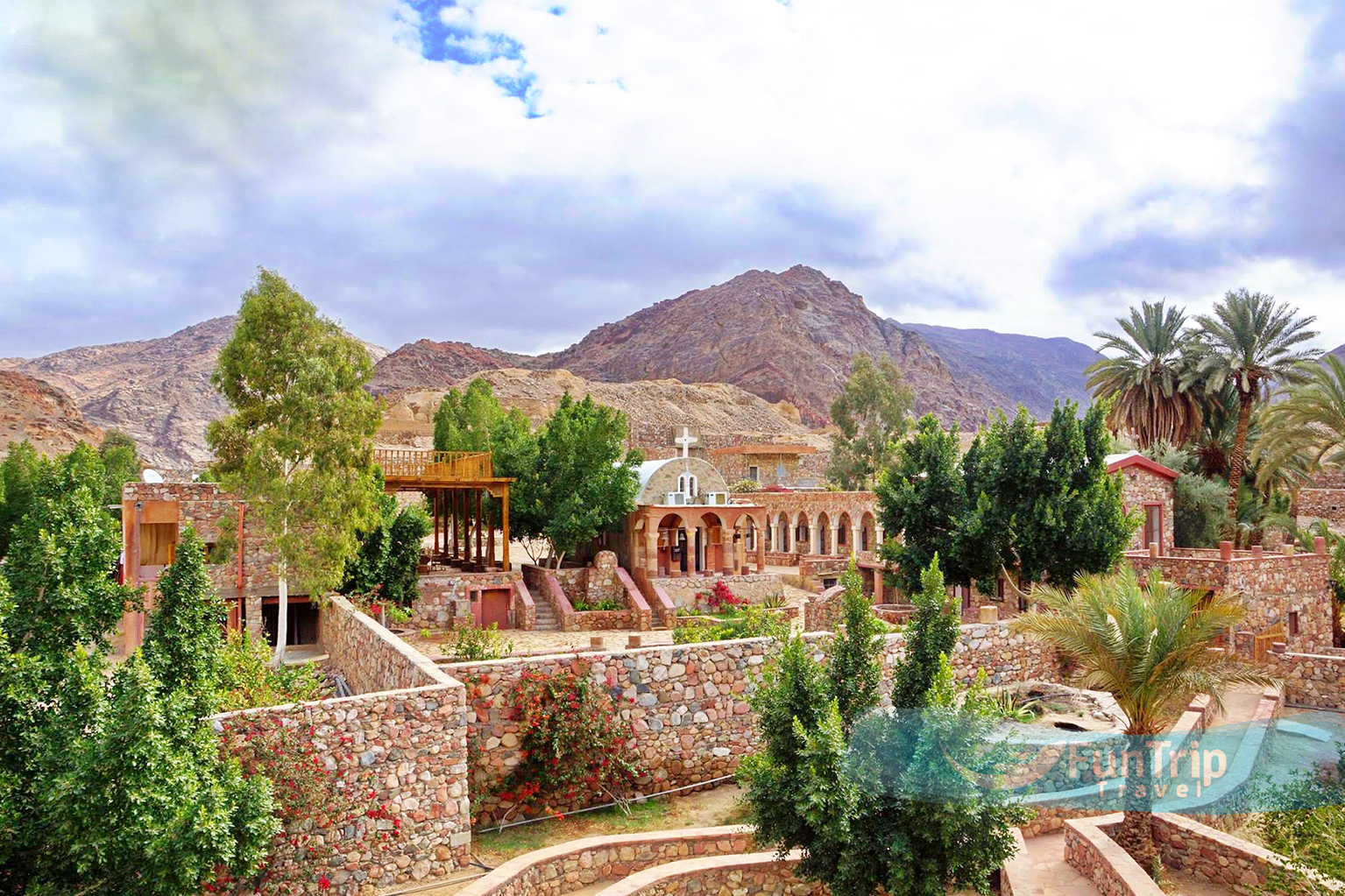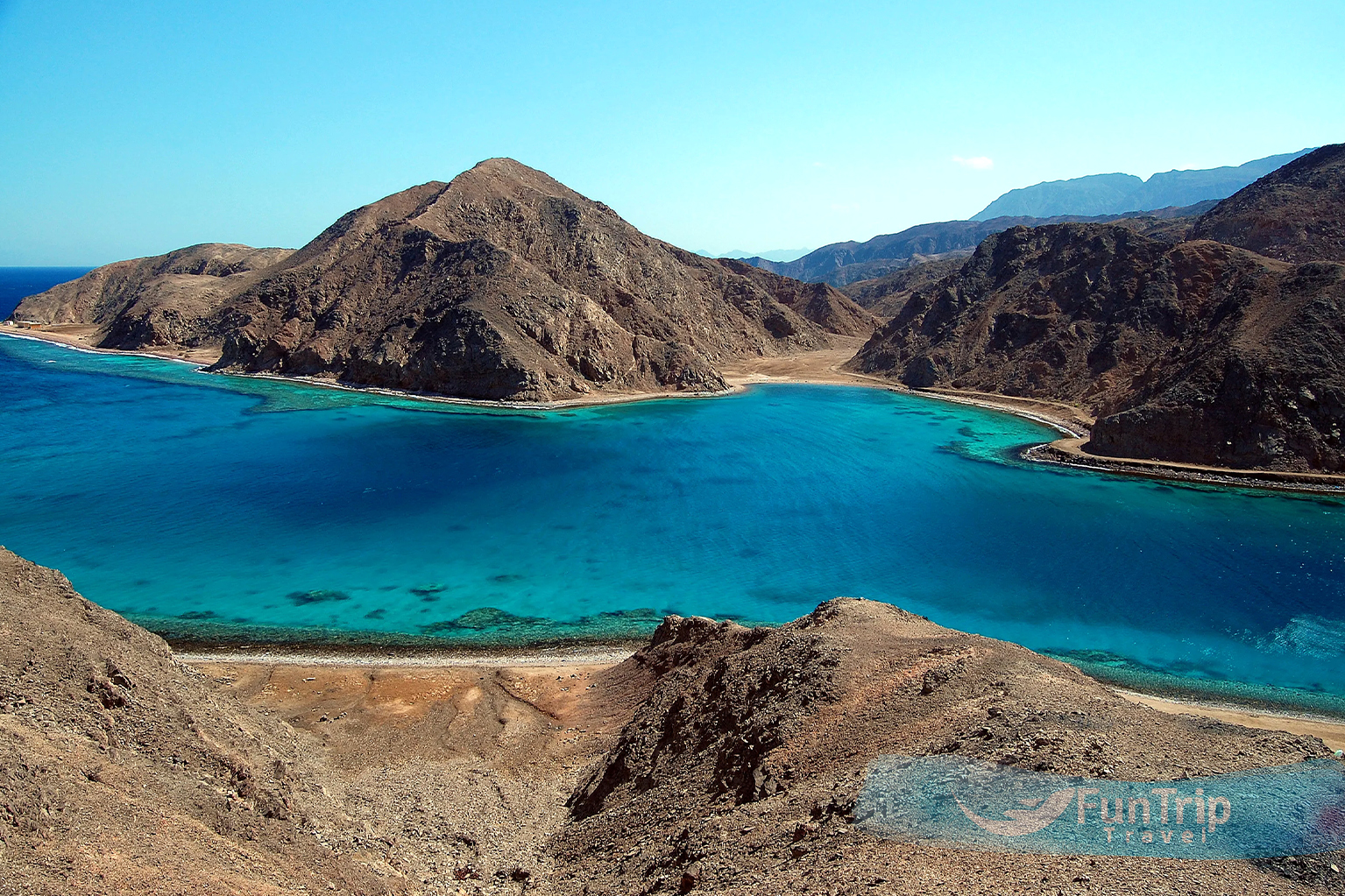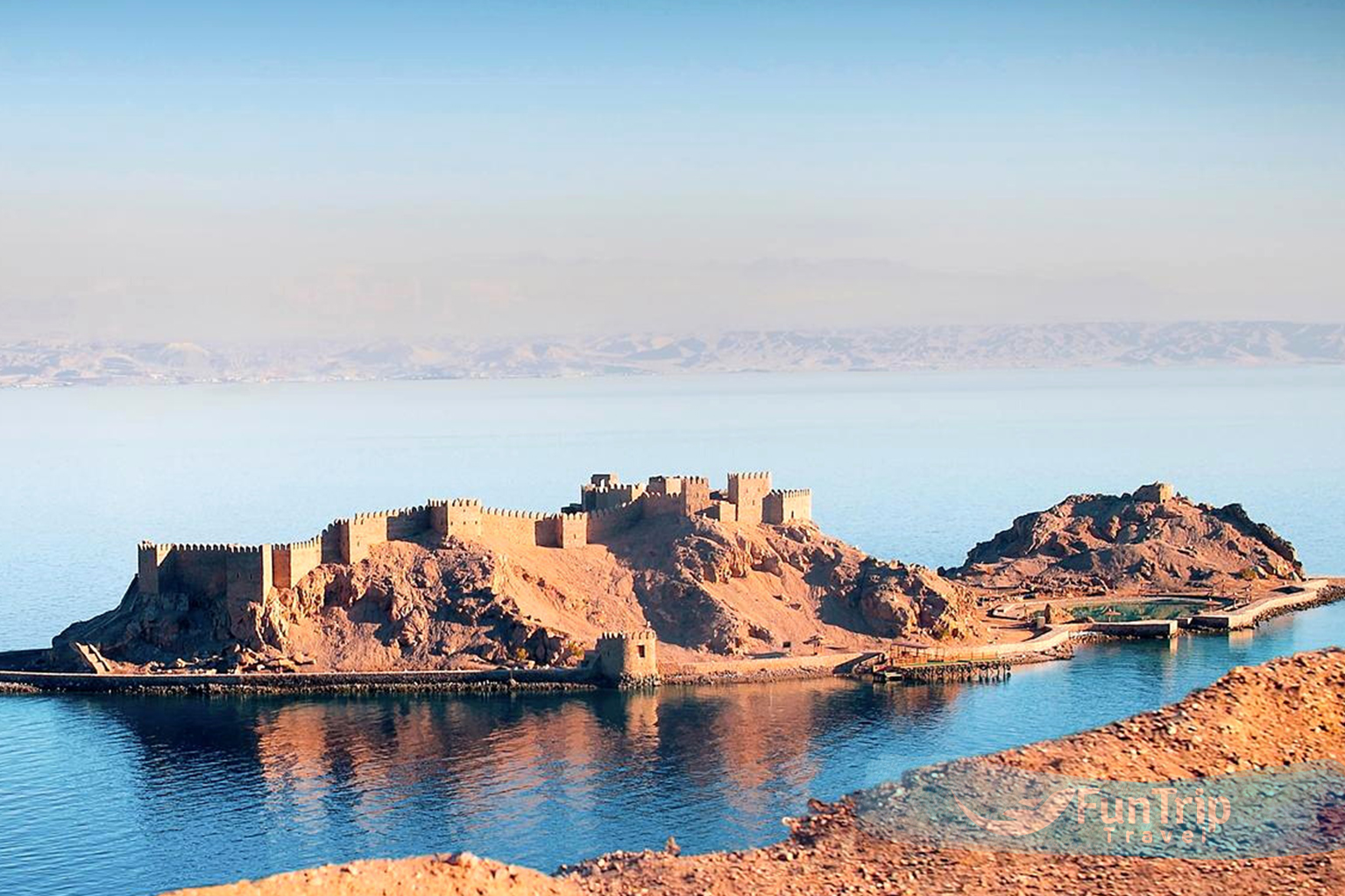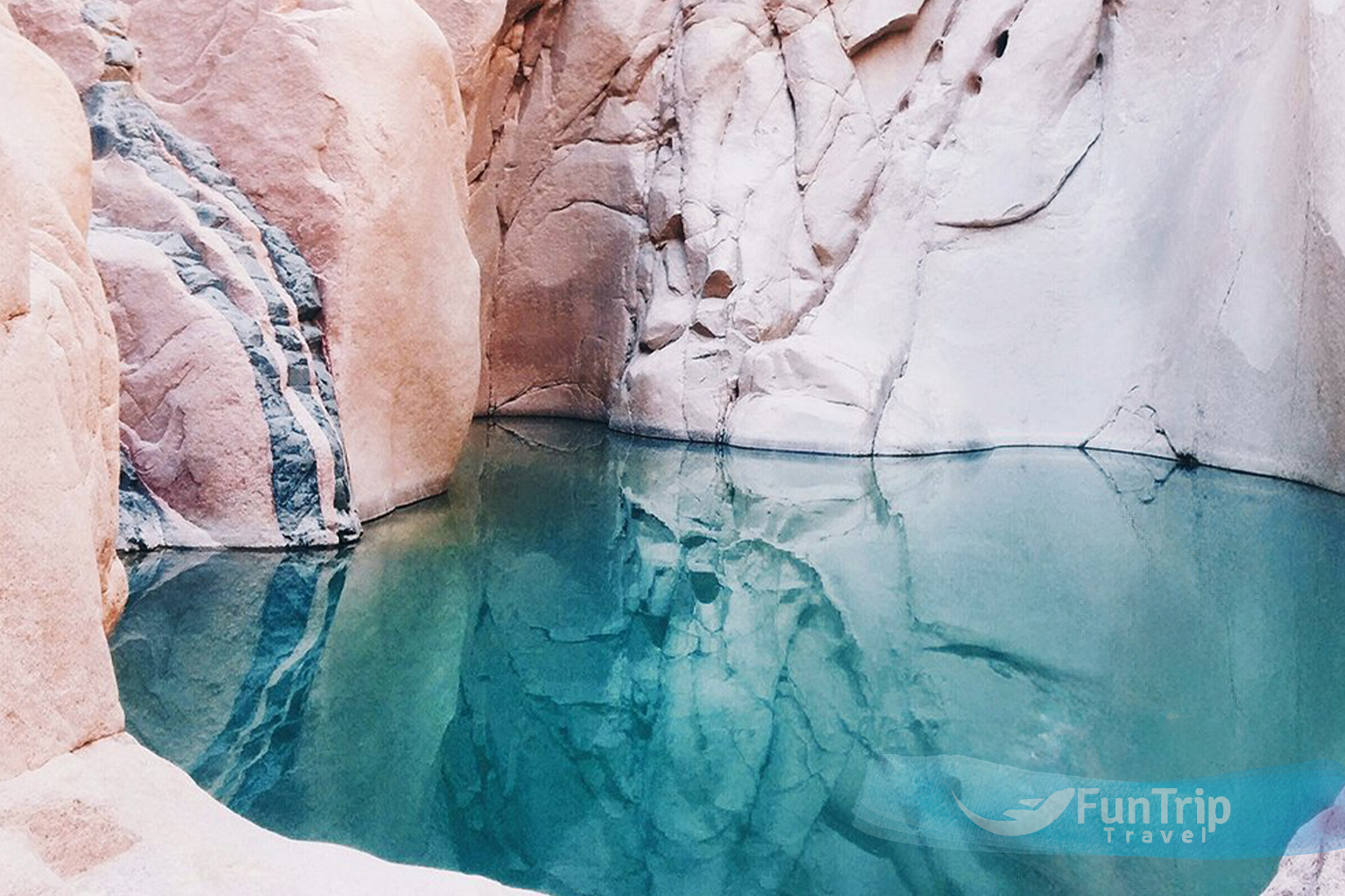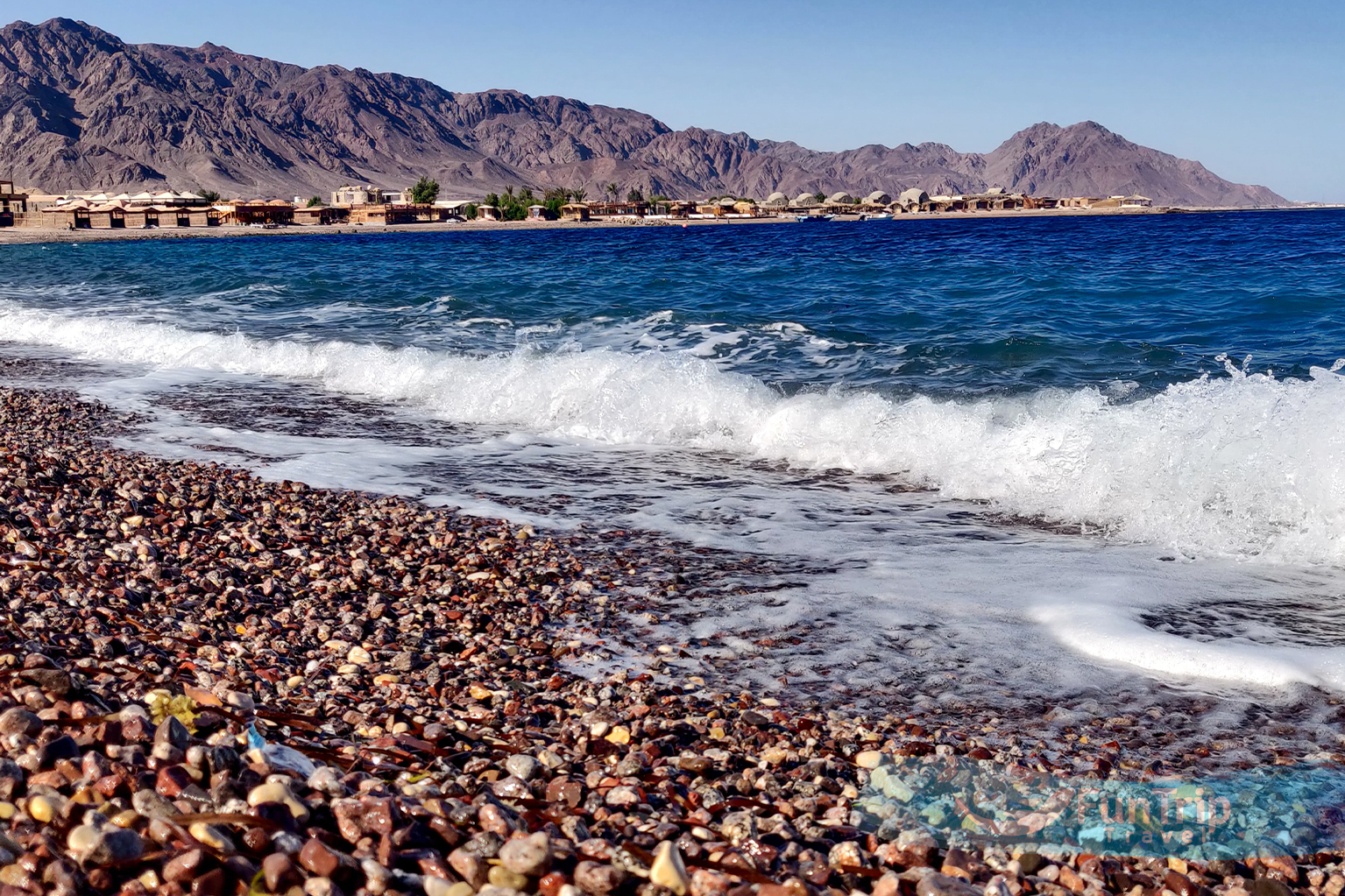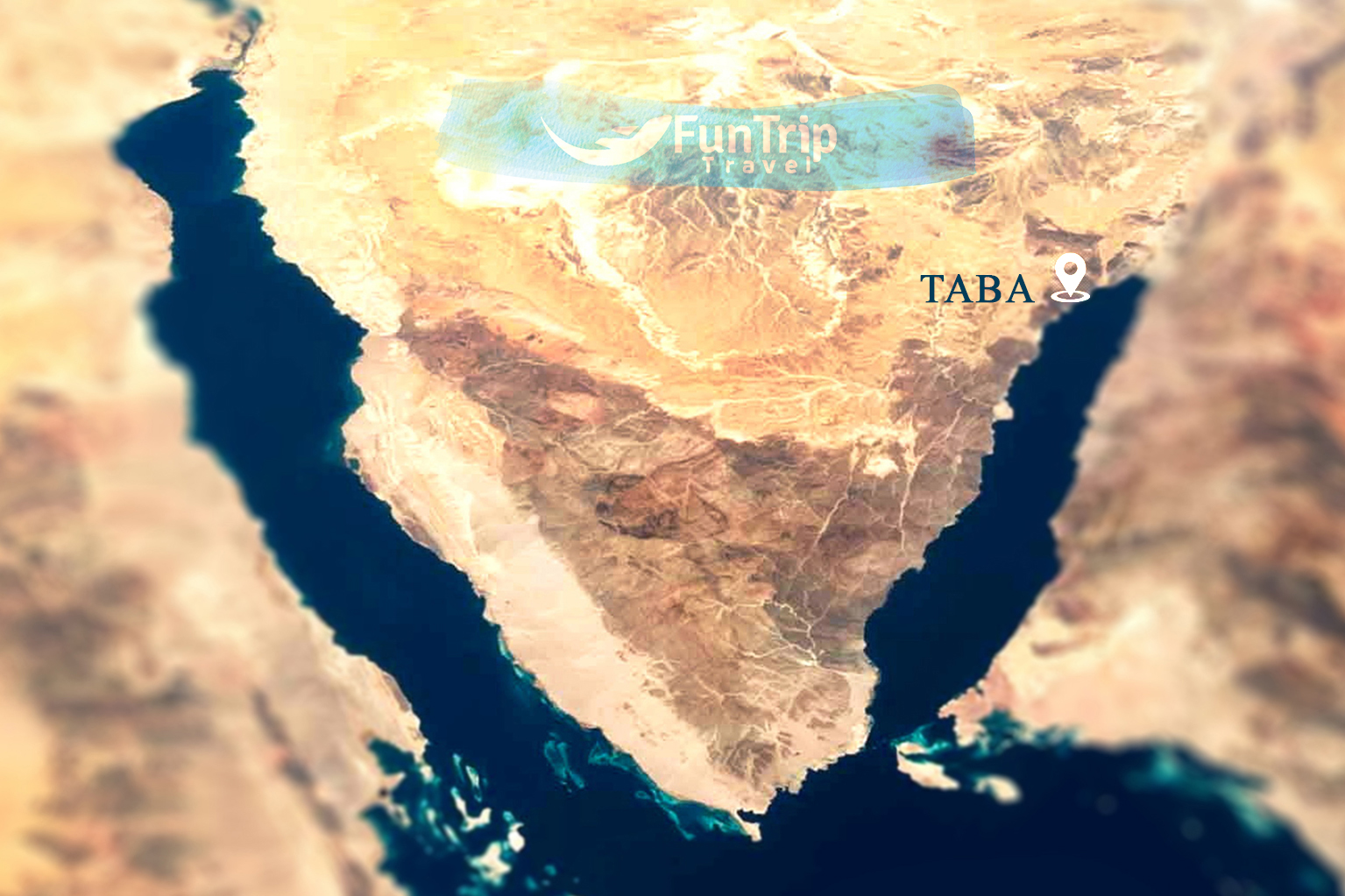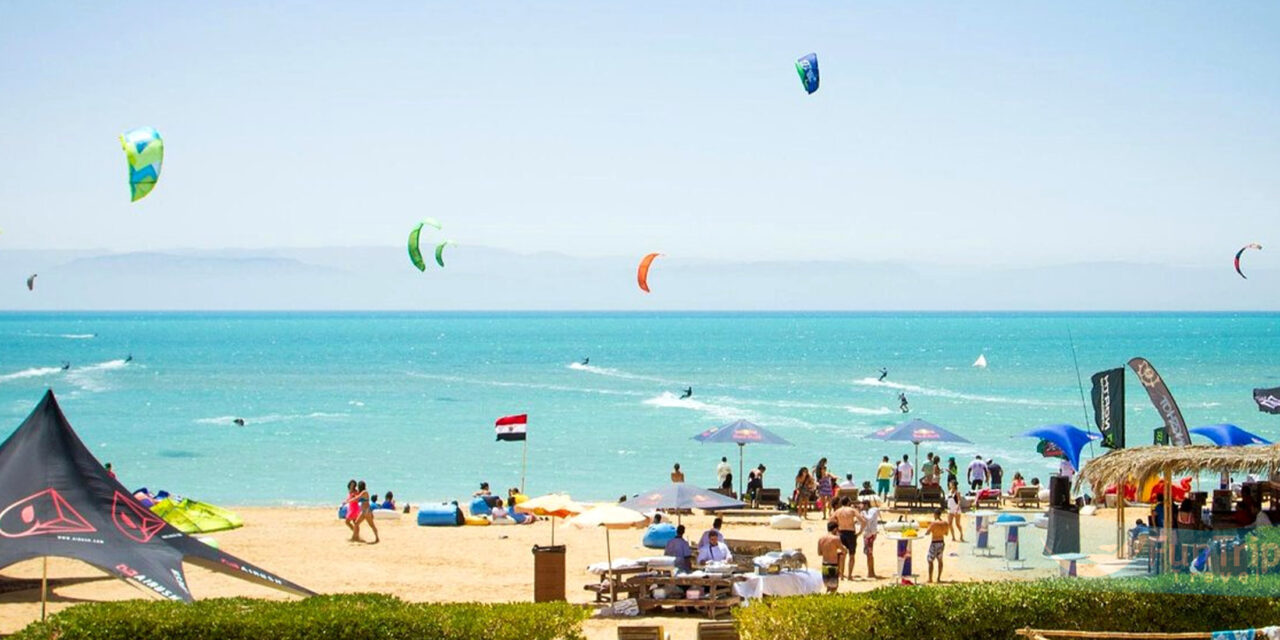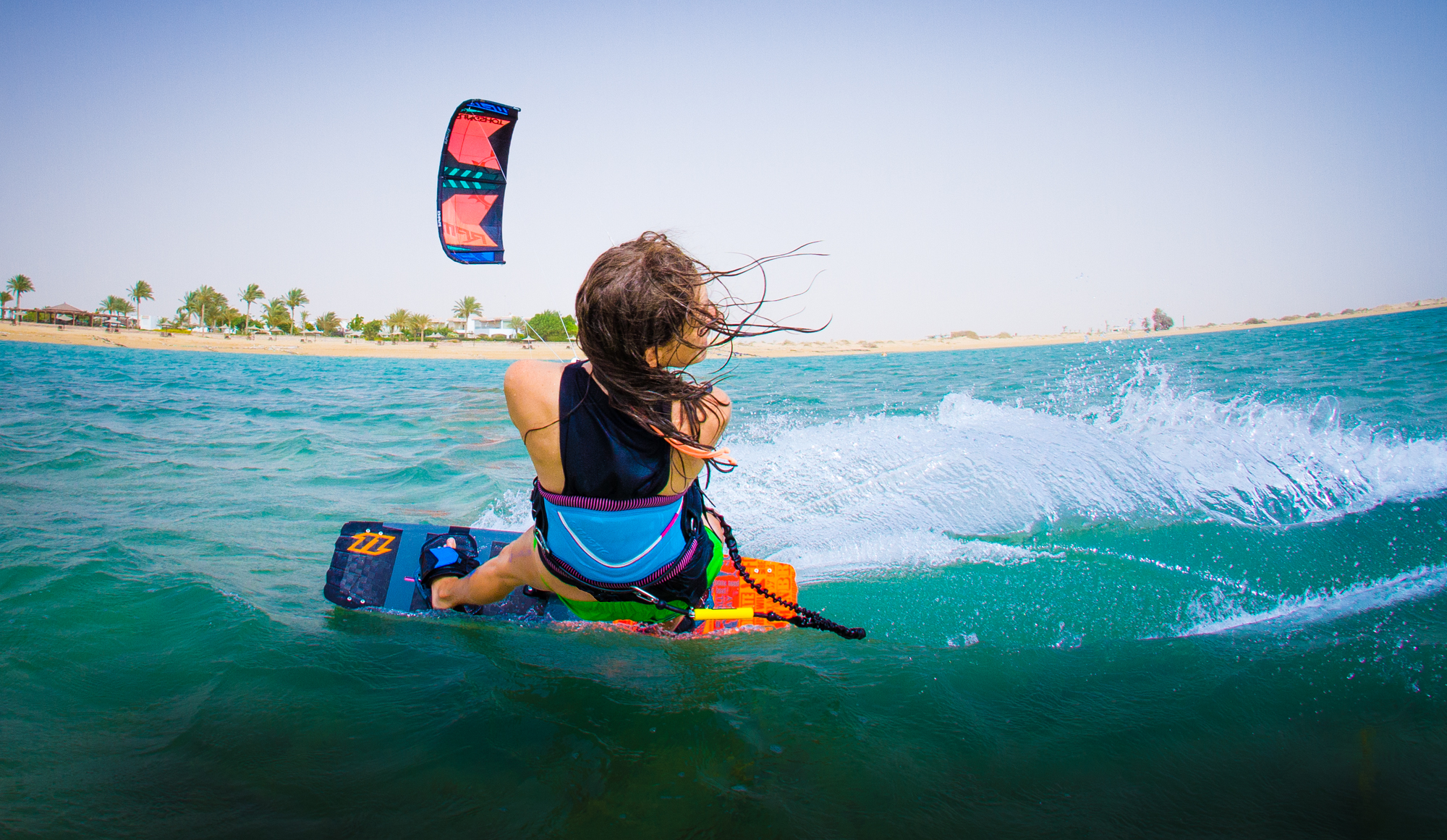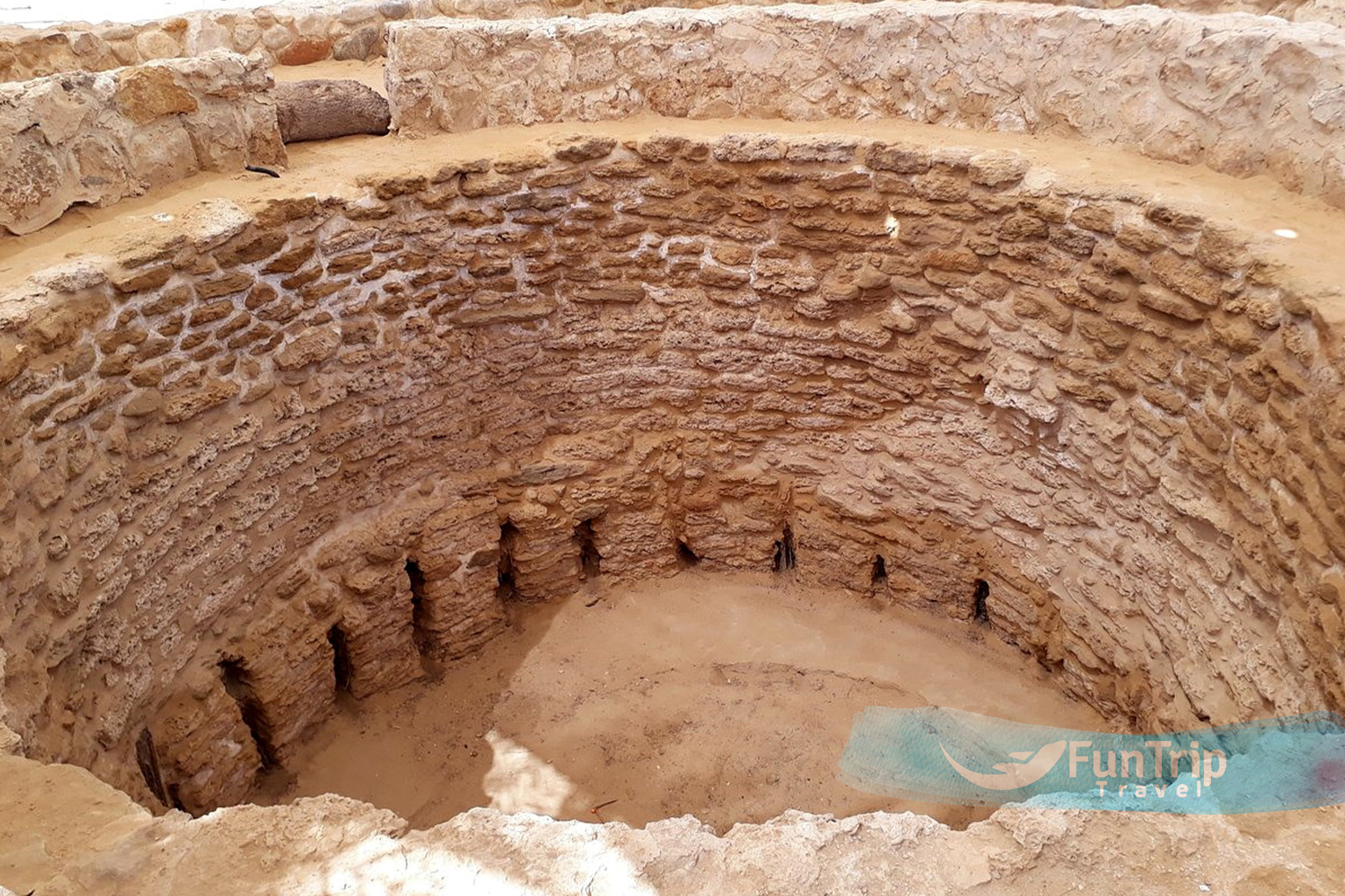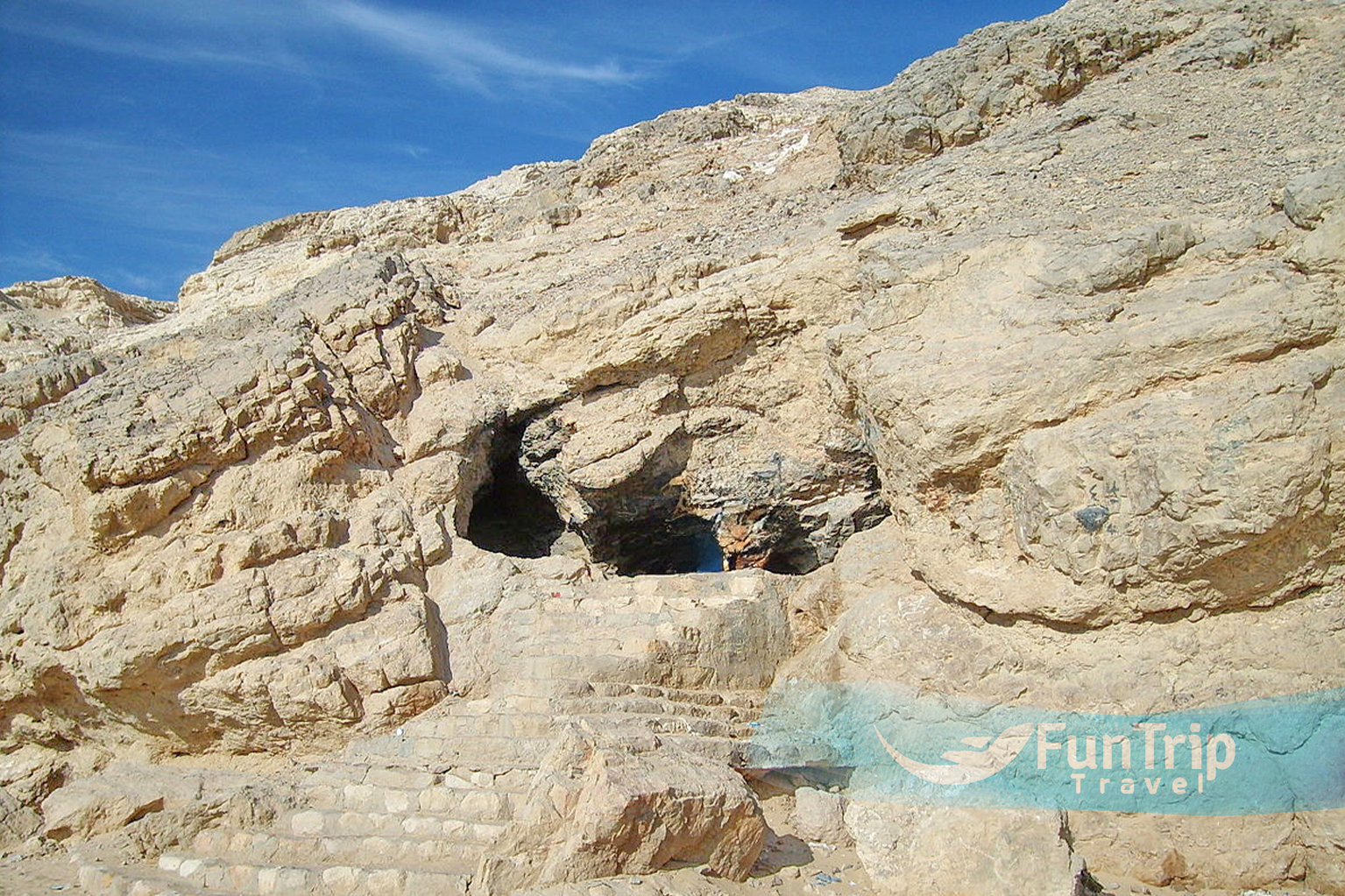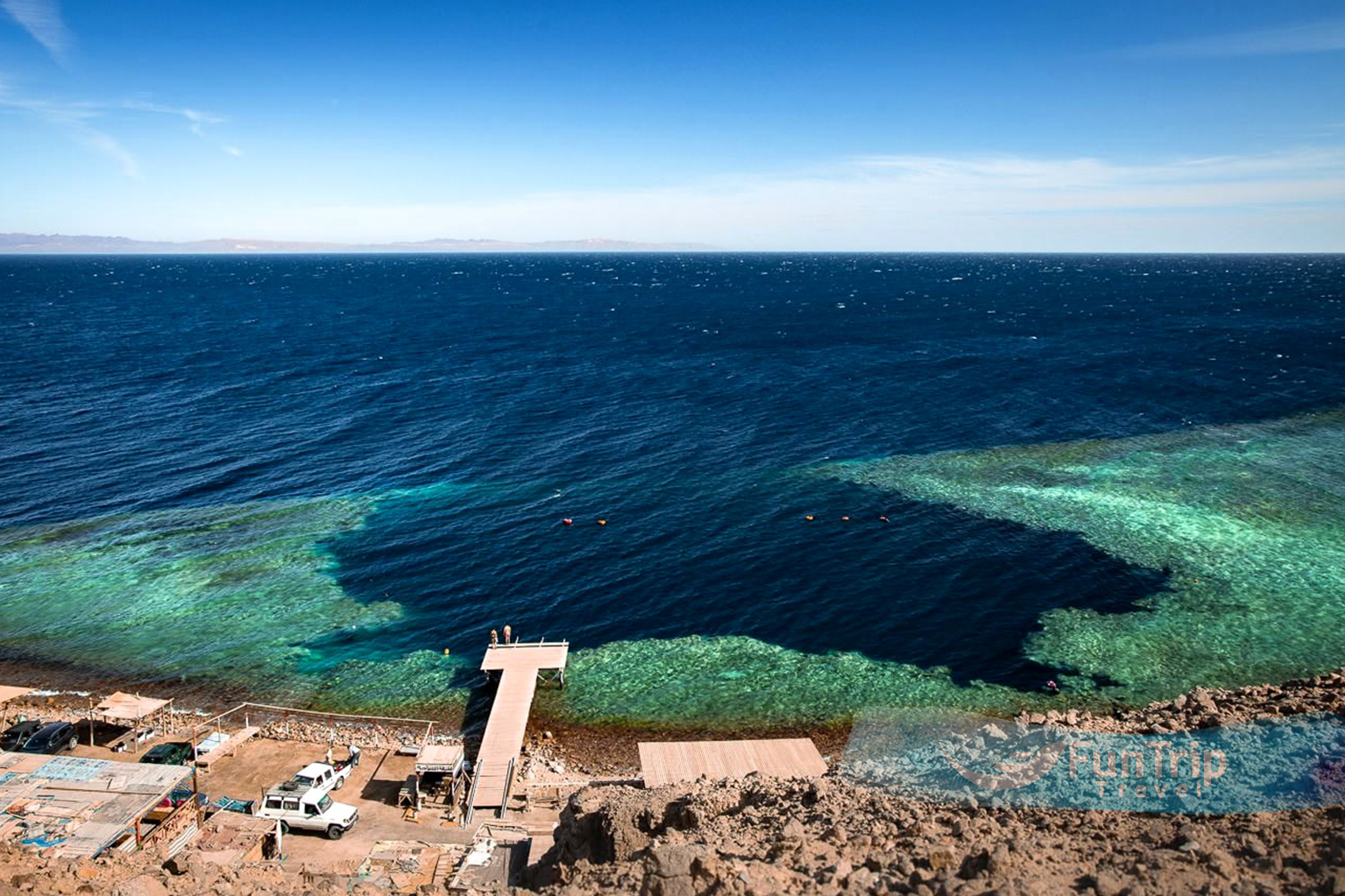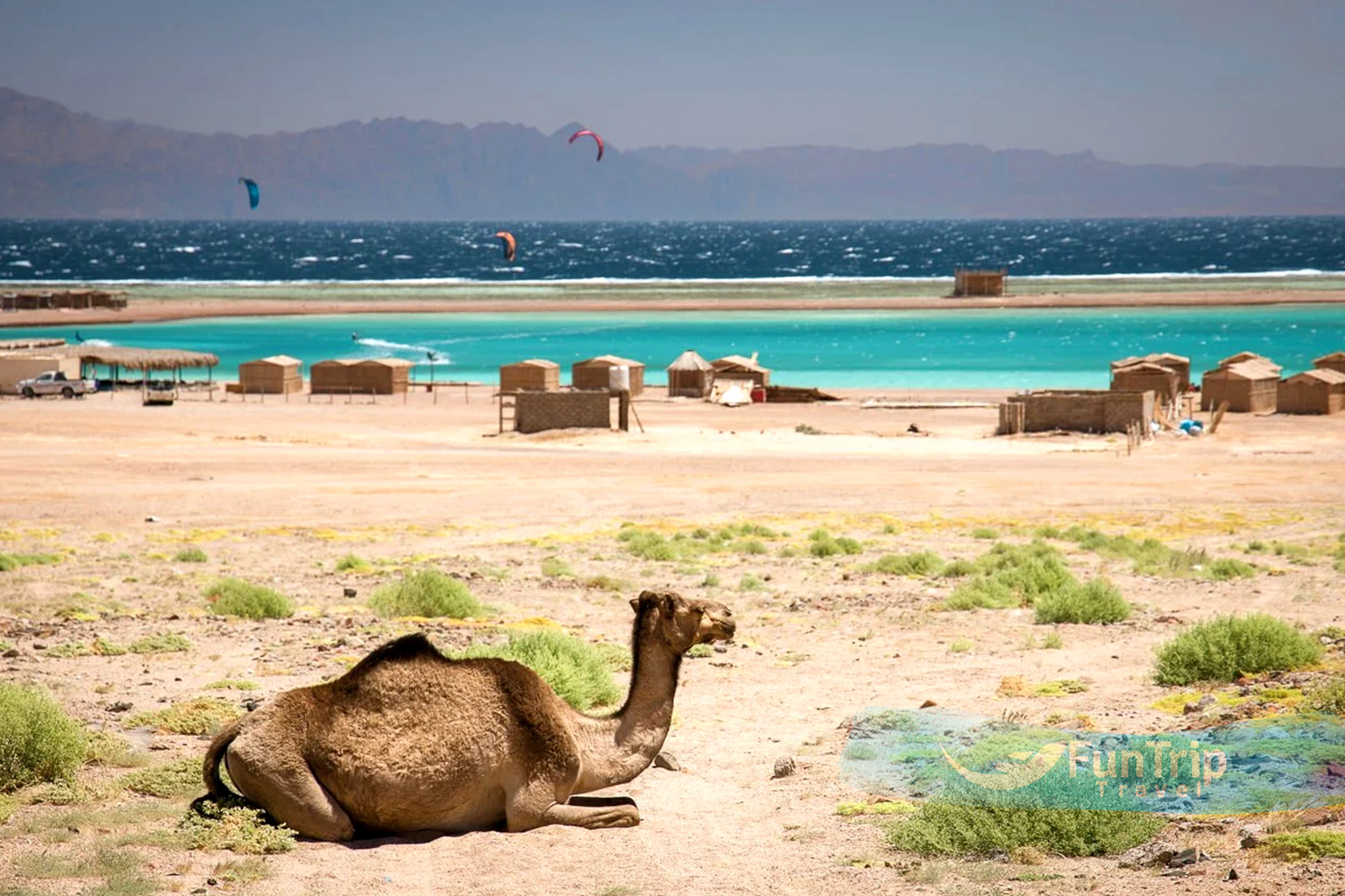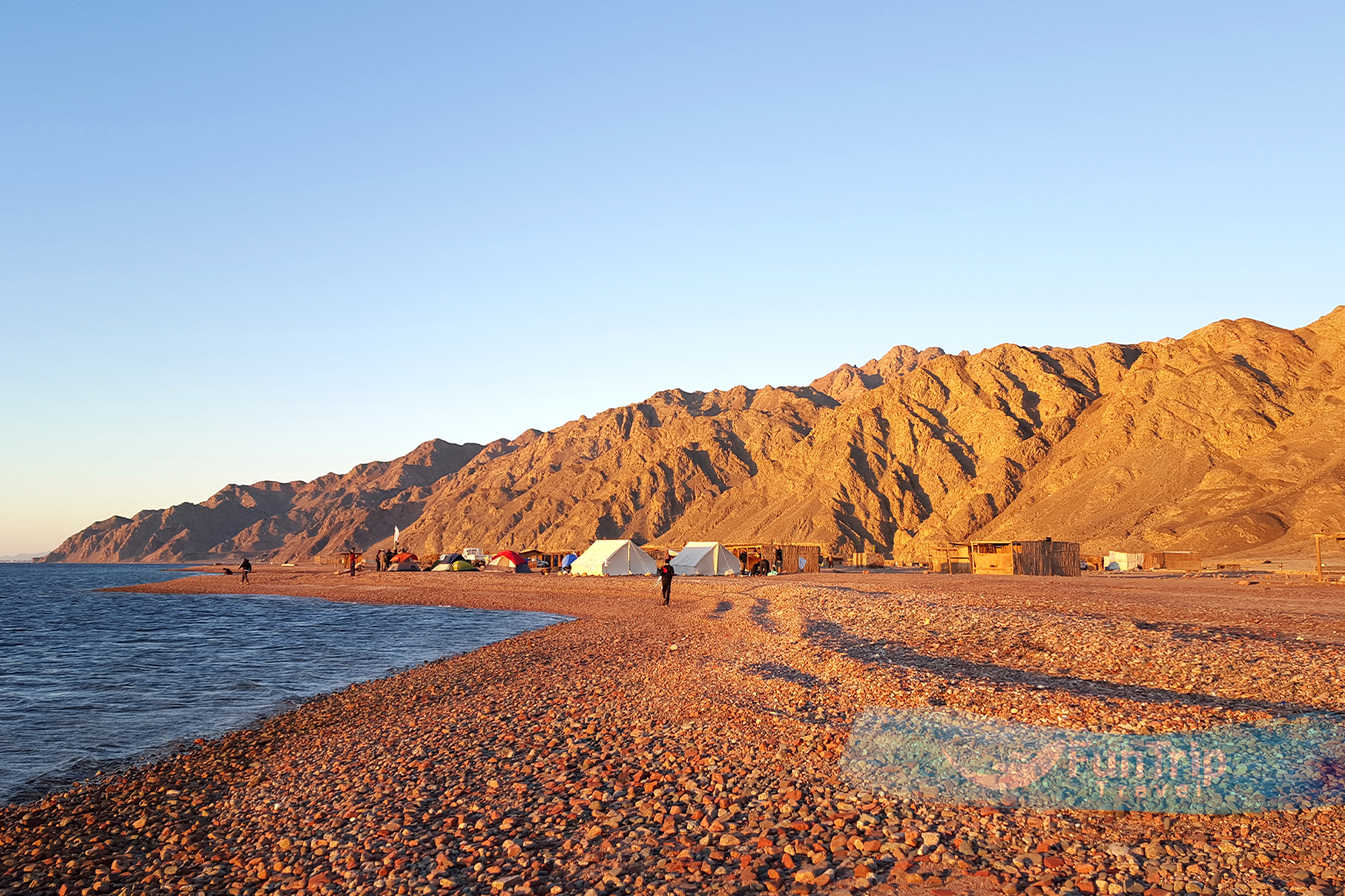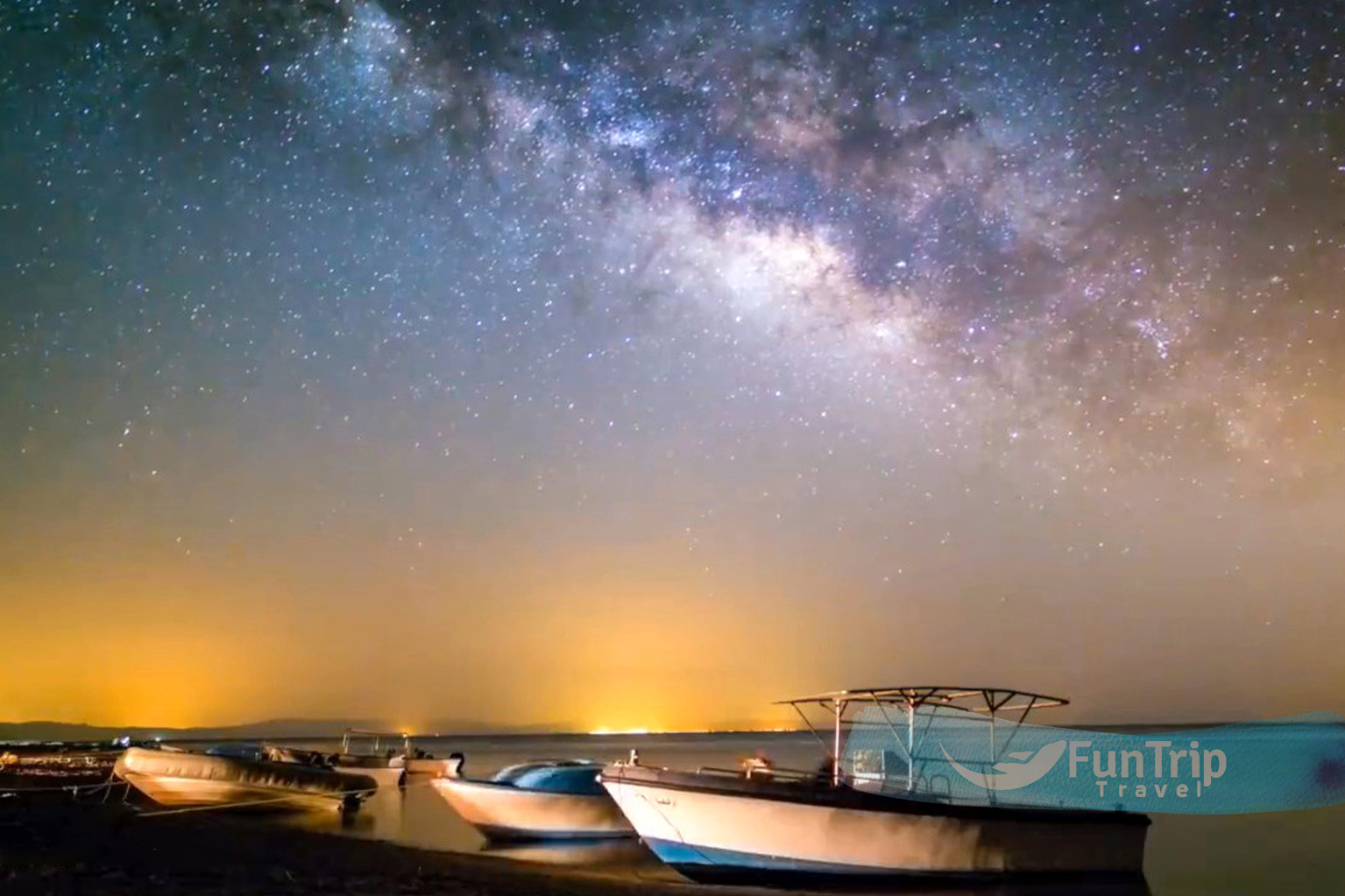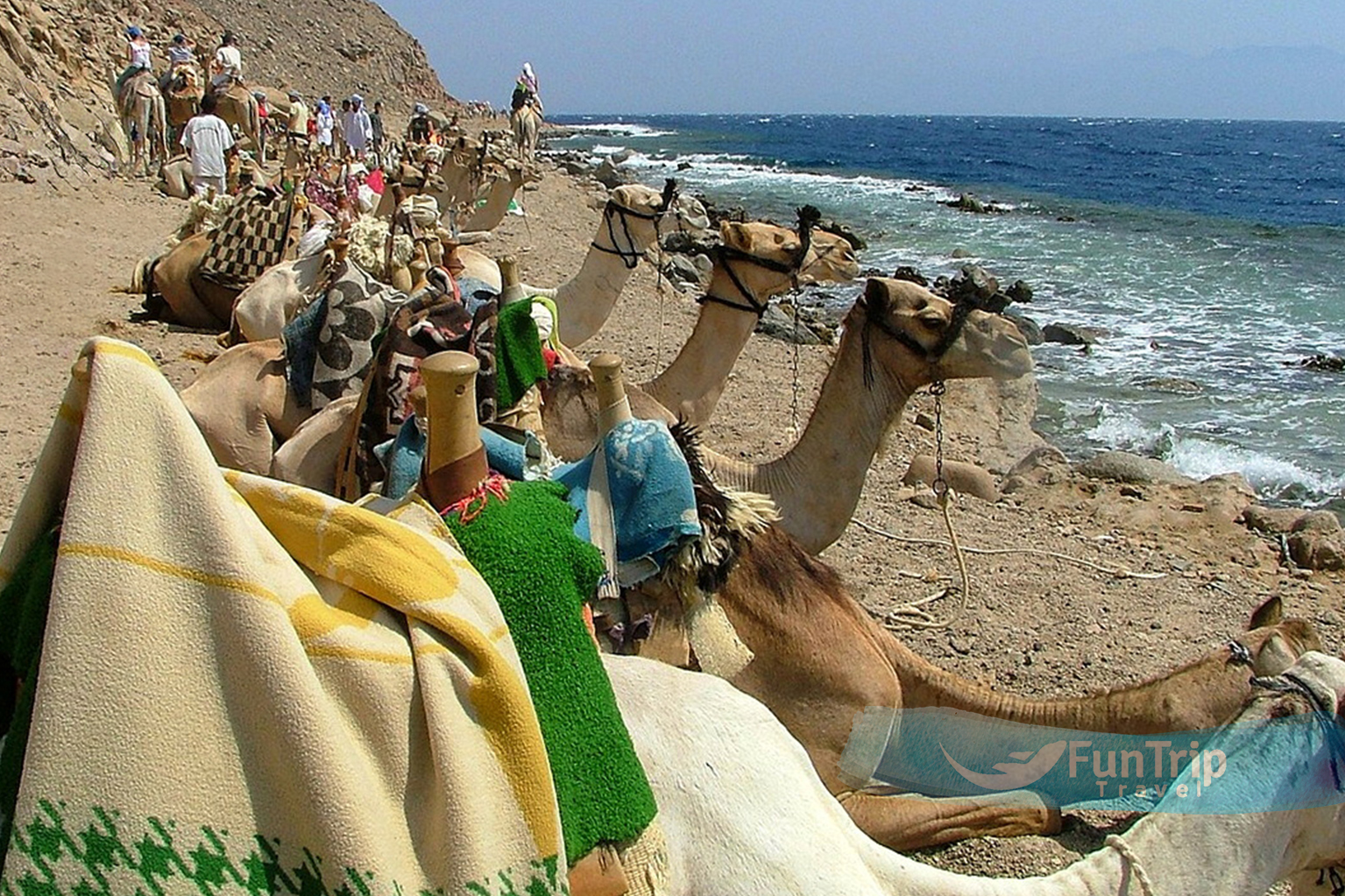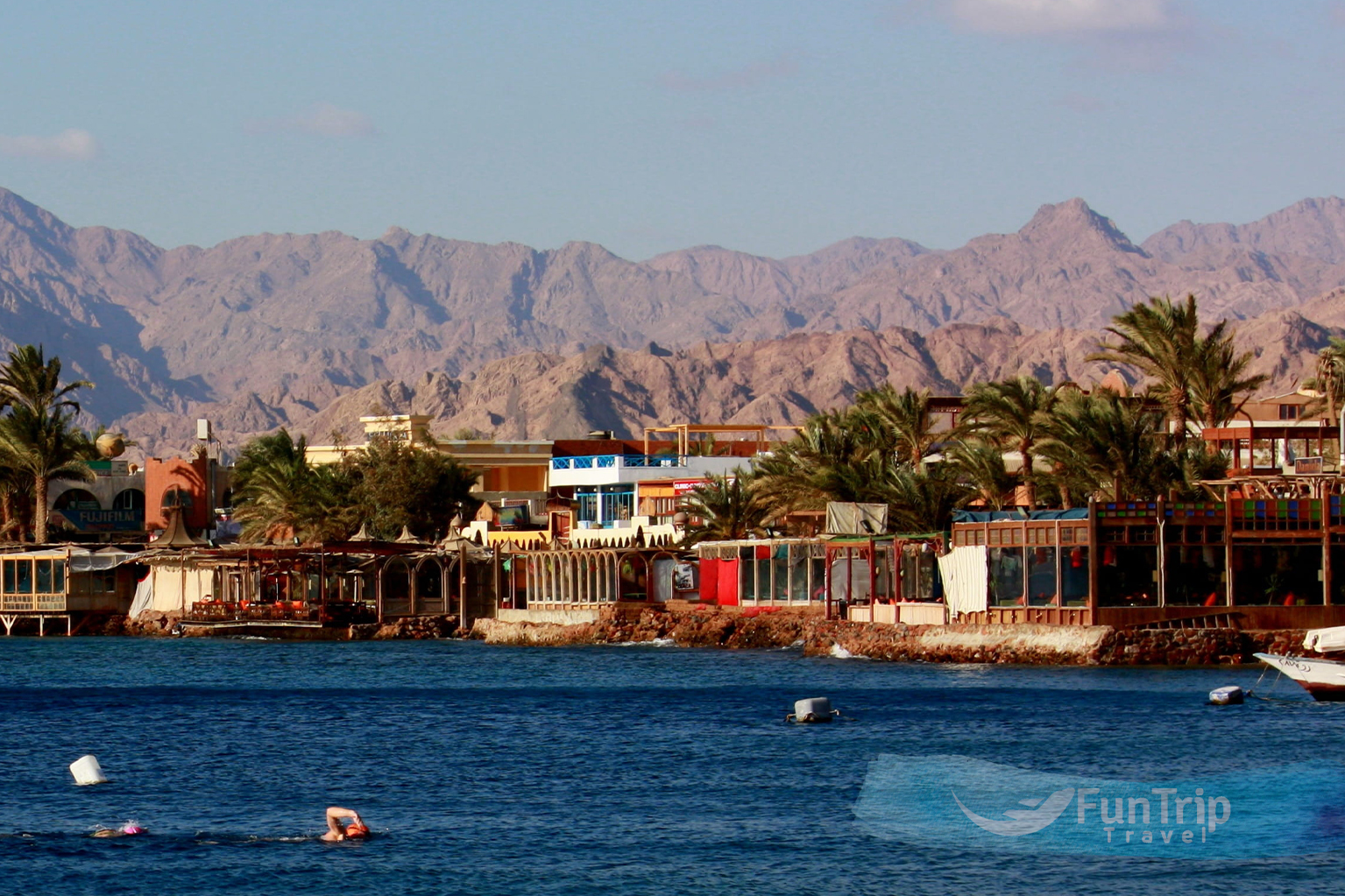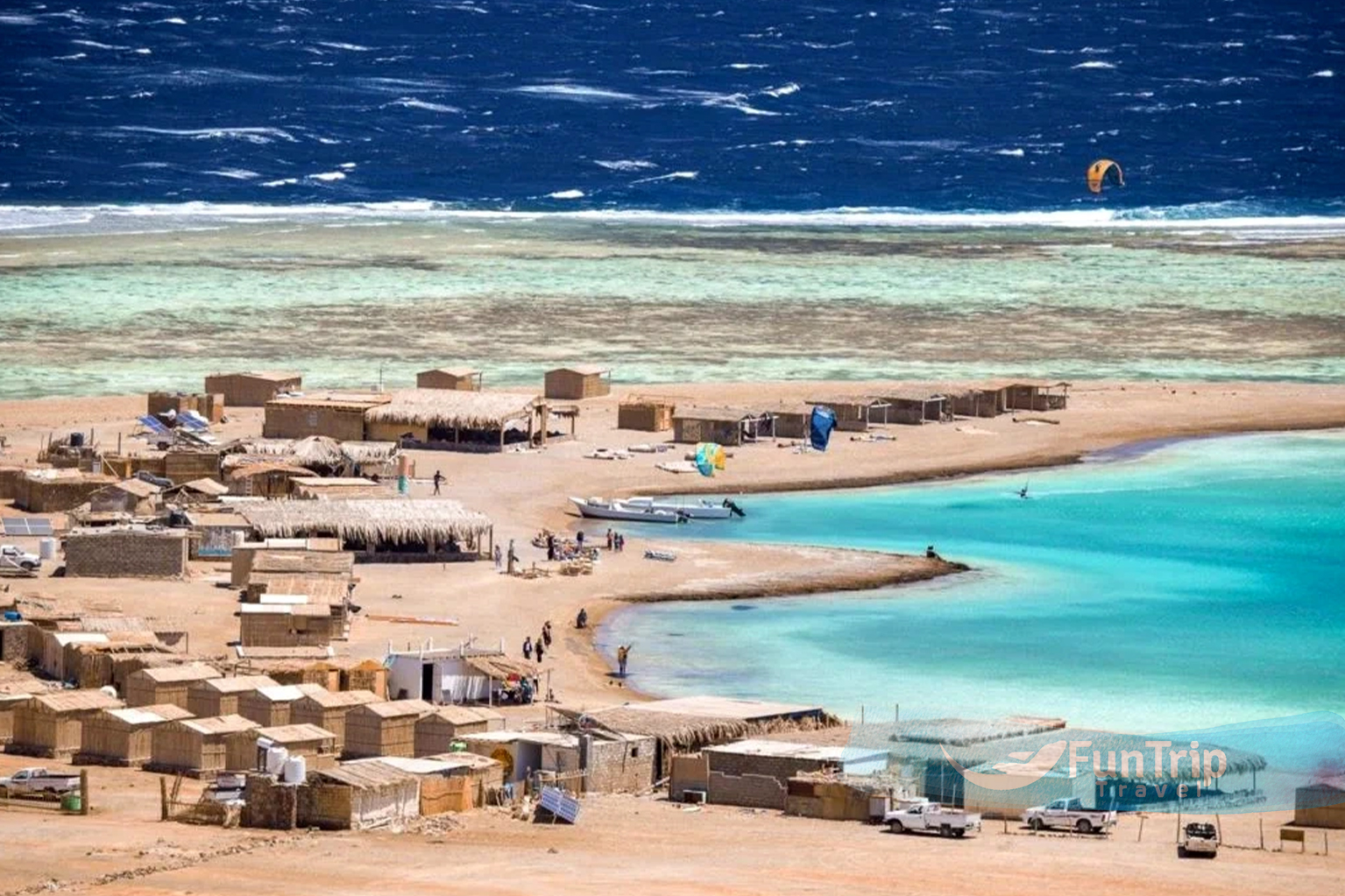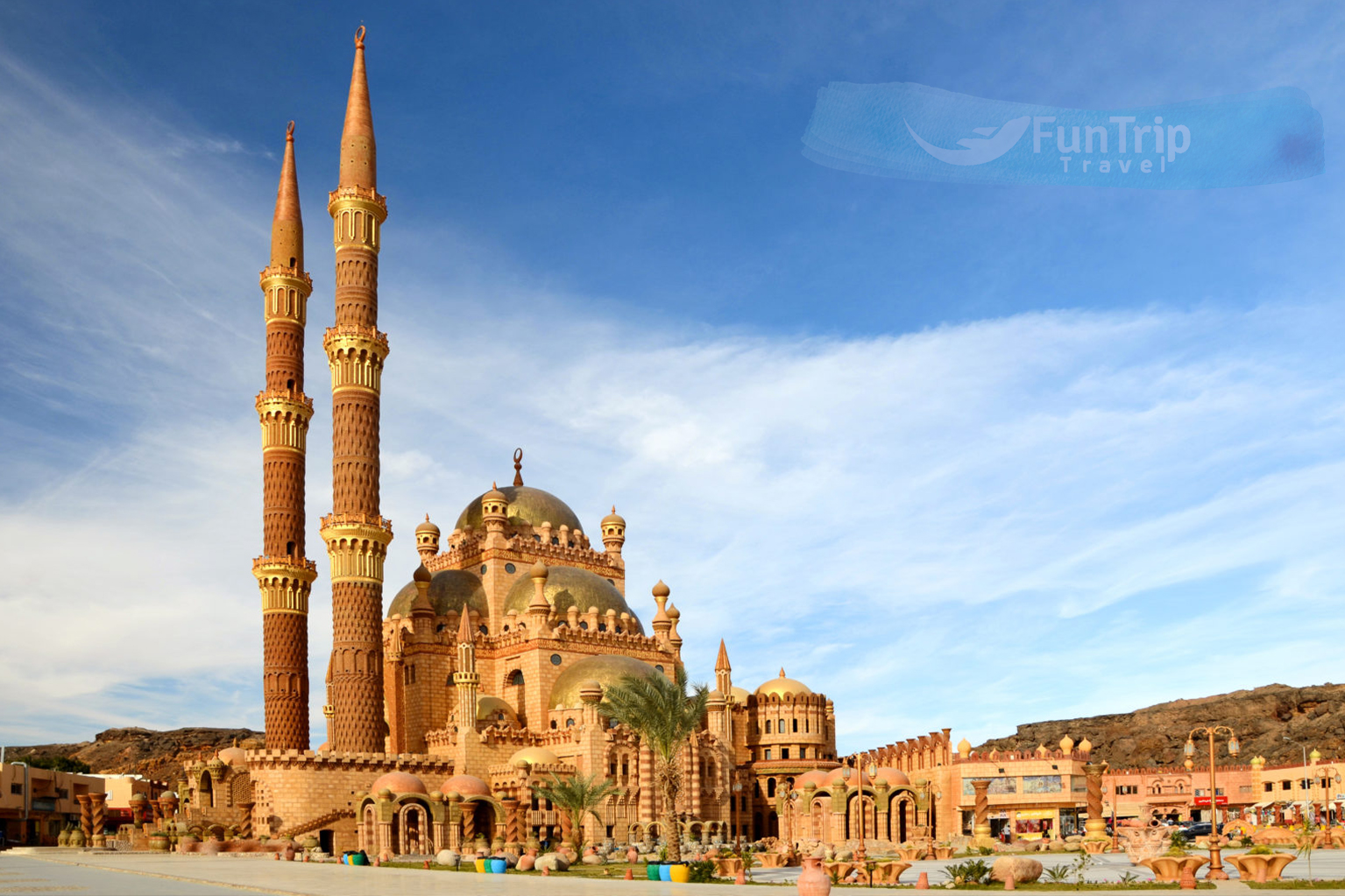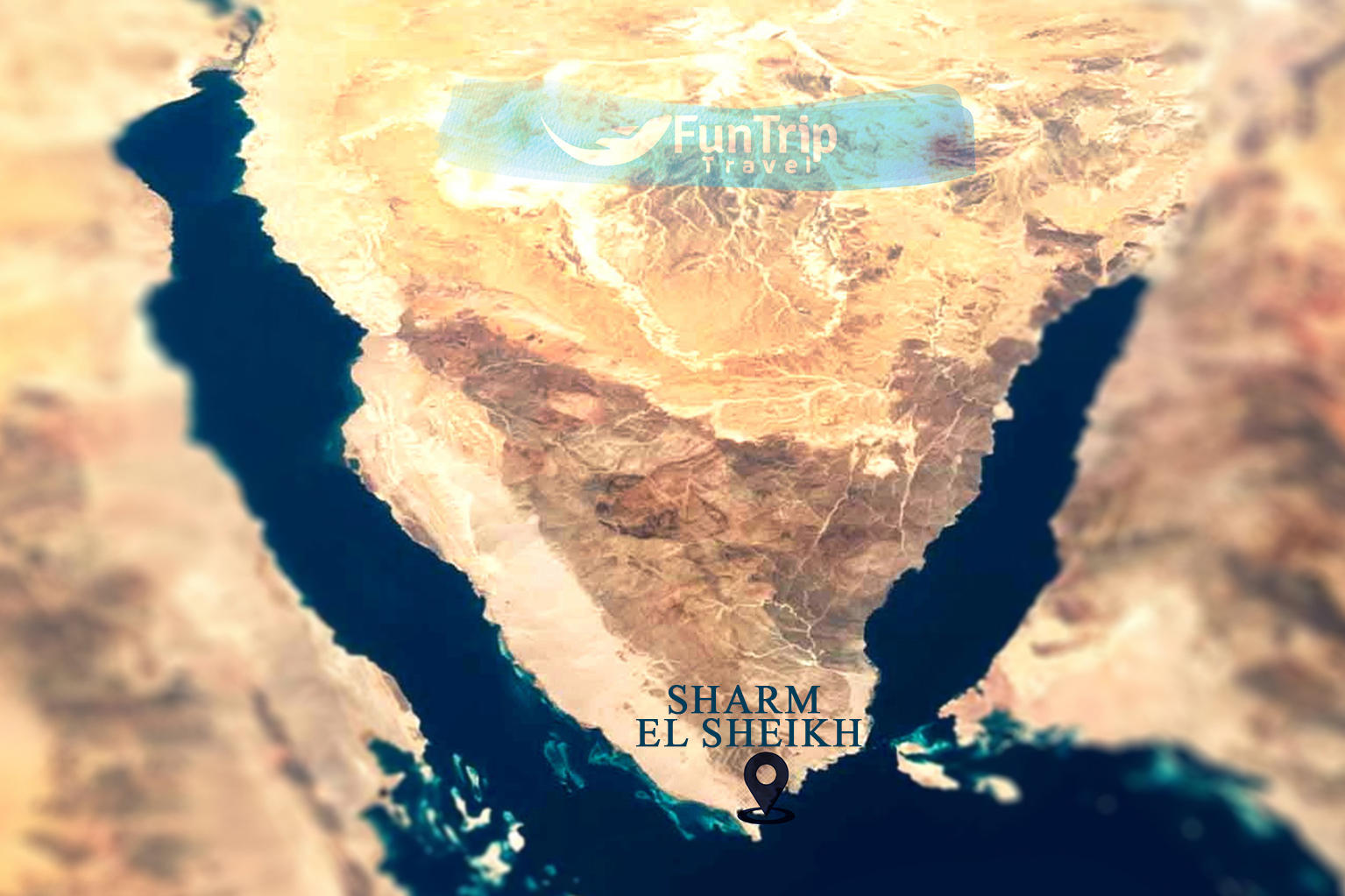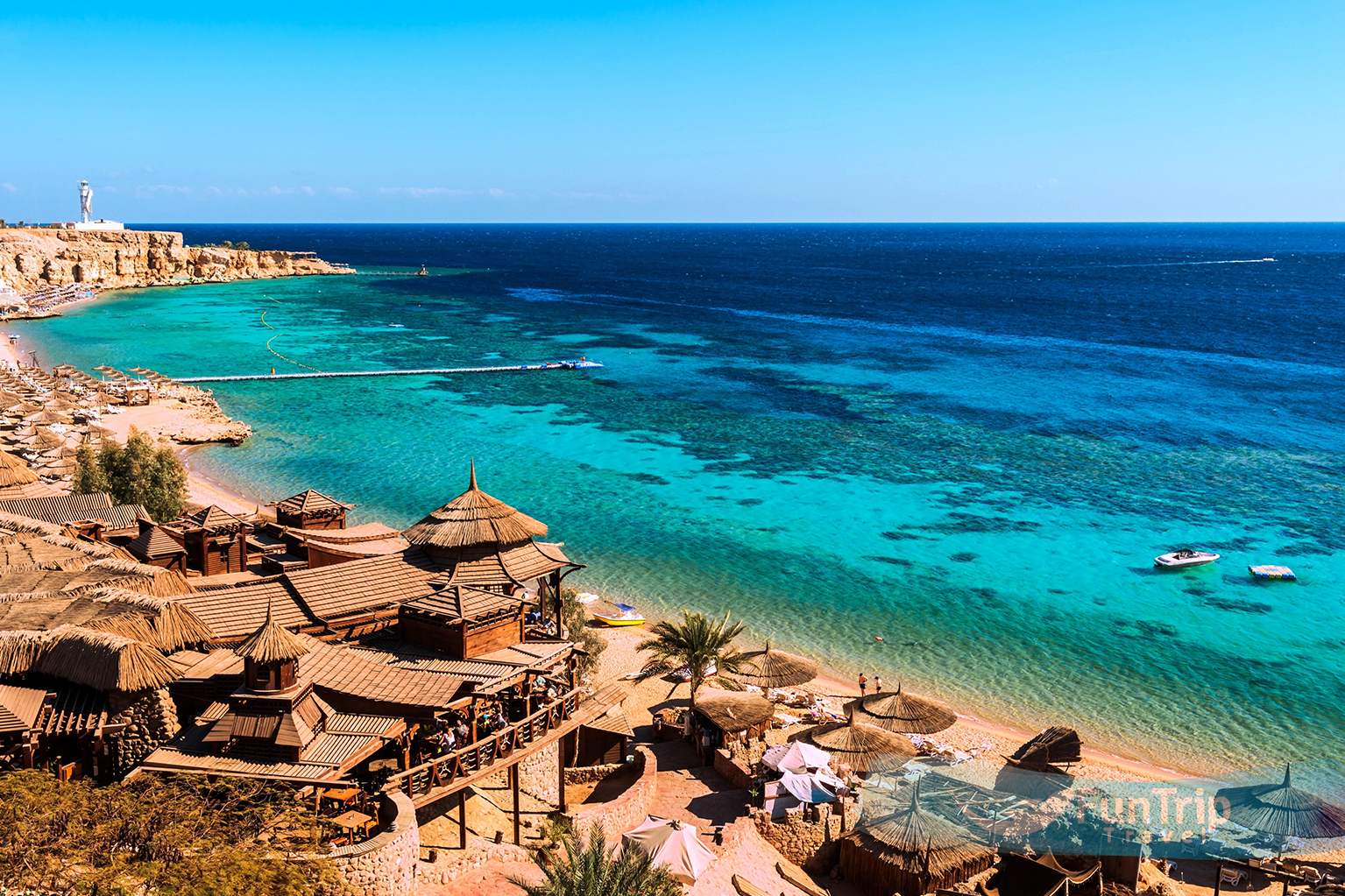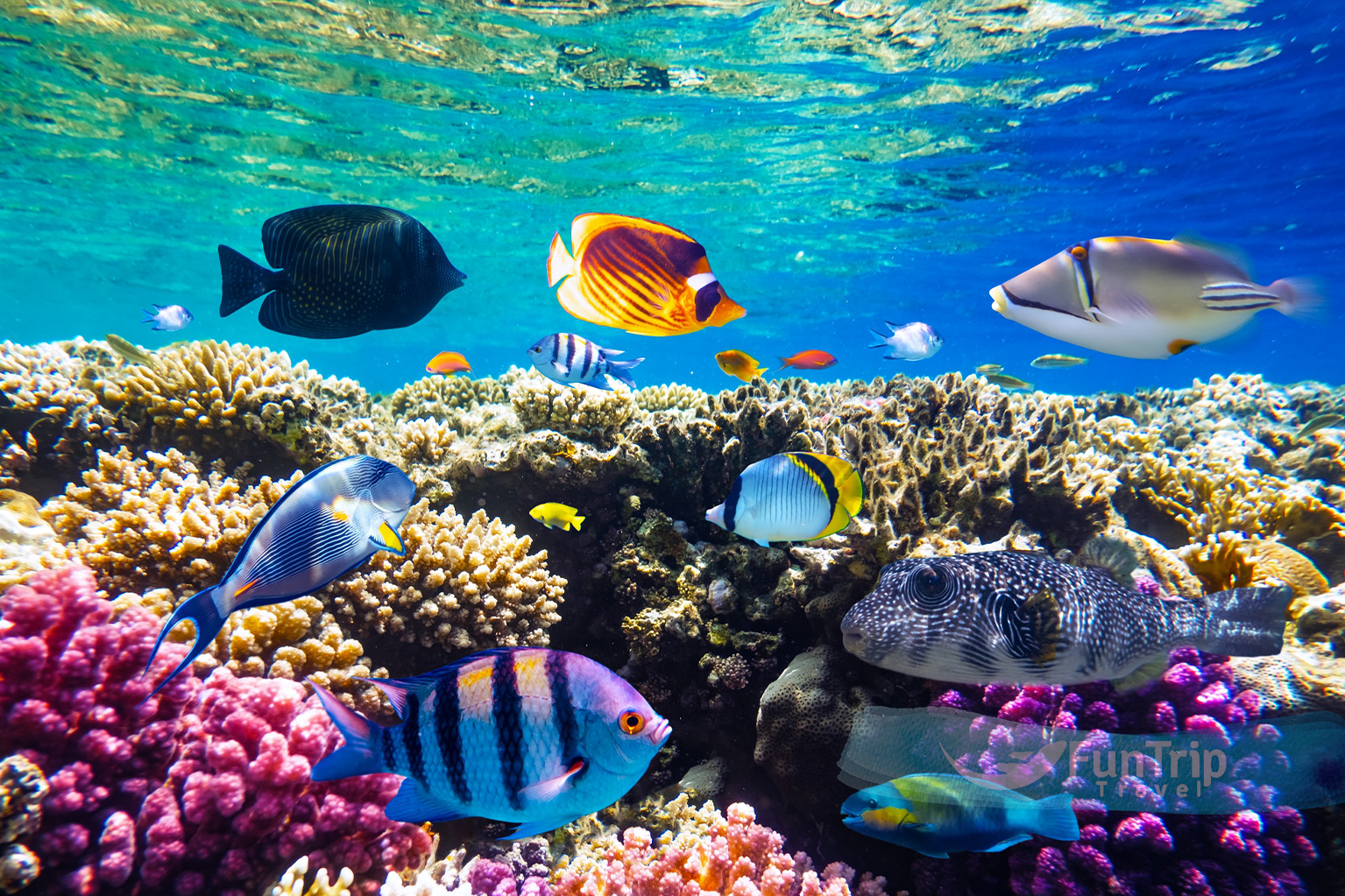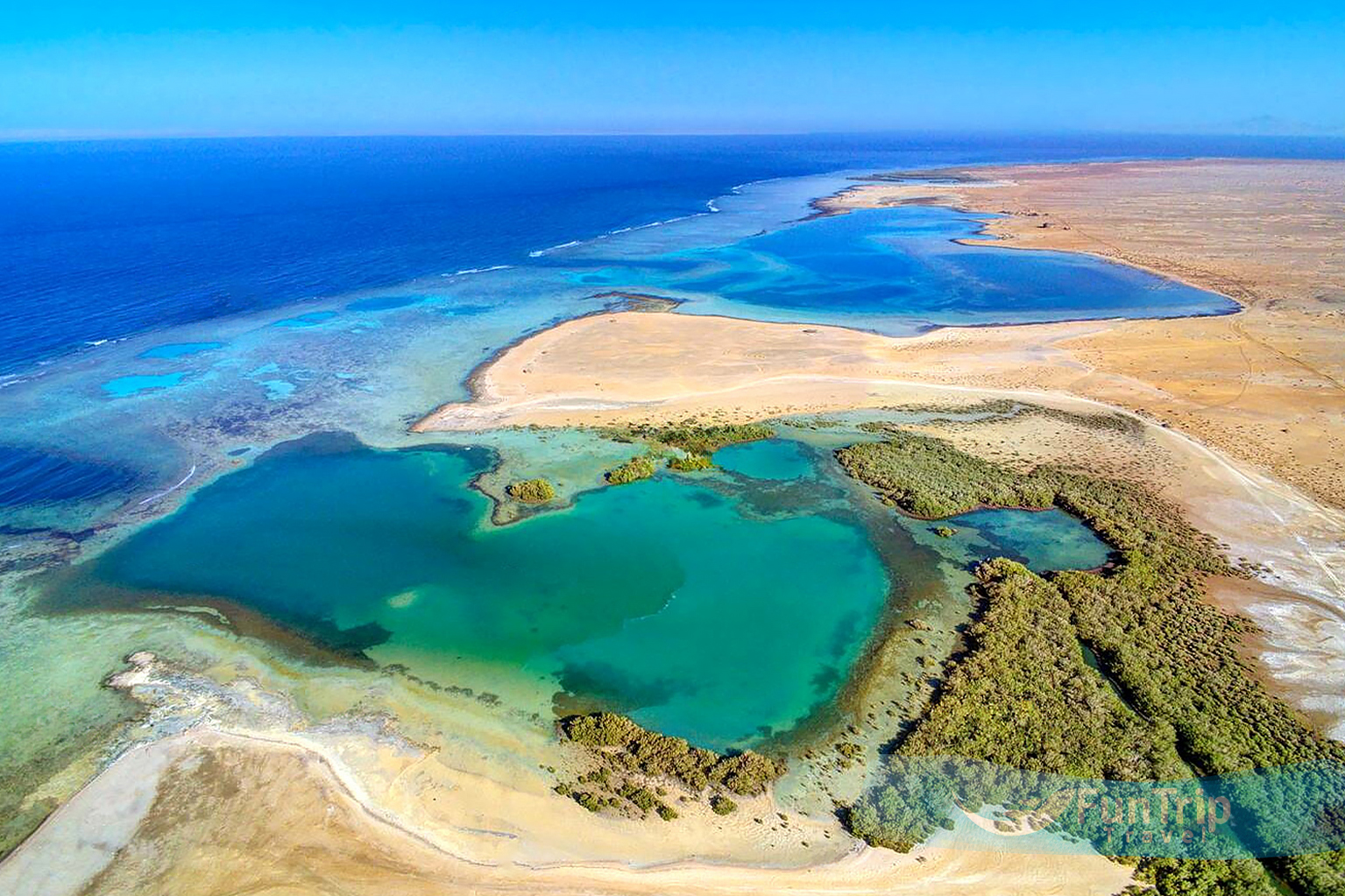The Sinai Peninsula is an ideal location for sun, sea, and adventure. Sinai is home to many of Egypt’s most popular and least developed beach resorts, providing travellers with ideal lodging and relaxation. Sinai is also known as Egypt’s scuba diving capital, with canyons and mountains for trekking, rock climbing, mountain biking, camping, and even space for rides in desert dune buggies and safari adventures.

EXPLORE. CONNECT. CREATE MEMORIES.
St.Catherine
Modern visitors arrive in Sinai via the road that runs from Cairo to Suez. The road goes through Ras Sudr, where Moses turned the bitter waters into sweet. It continues through Abu Samina and the Wadi Garandil Valley to Abu Rudies, where the road splits. The road to the south leads to el-Tur (ancient Raitho) and then to Sharm el-Sheikh, a modern resort town. The road to the east passes by Mount Serbal and the Feran Oasis, and from there to Tarfa and the Sinai Monastery. Pilgrims used to travel from Jerusalem to the monastery, passing through Joppa (modern Jaffa) or Gaza, and from Eilat, down to the coast of the Gulf of Aqaba, and then west to the Monastery of Sinai. Saint Catherine is one of the most unique and distinguished destinations in Sinai, and in Egypt in general. While all of Sinai’s major cities, such as Sharm El Sheikh, Dahab, and Taba, are located on the shores of the Aqaba Gulf to the east and the Suez Gulf to the west, Saint Catherine is located in the centre of the Sinai Peninsula on a high plateau 1600 metres above sea level.
The city is also surrounded by some of Egypt’s highest mountains, including Saint Catherine Mountain 2629 m or 8,625 ft, Moses Mountain 2285 m or 7,497 ft, and others. Because of this, the city has weather conditions that are unrivalled in Egypt, where it is mild in the summer and bitterly cold in the winter. Up to a thousand visitors come to see St. Katherine’s Monastery, the world’s oldest continuously inhabited monastery built on the site where Moses (Prophet Musa) talked to God in the miracle of the Burning Bush and climbed Mt. Sinai (the Biblical Mt. Horeb, known locally as Jebel Musa) to receive the Ten Commandments.
The majority of visitors arrive in the evening on organized coach tours from the Red Sea resorts of Sharm El-Sheikh, Taba, and Dahab, have dinner and possibly a couple of hours of sleep in a hotel, climb the mountain at dawn, visit the Monastery in the morning, and return to the resort. St. Catherine and Mt. Sinai can also be visited separately, avoiding the busy times on the mountain and exploring the rest of what this unique region has to offer.
The region is a UNESCO World Heritage Site because of its natural and cultural significance, and you could spend weeks exploring it. Over 200 religious sites and other important monasteries and churches, ruins of Byzantine monastic settlements, and Egypt’s highest mountains with spectacular views, amazing rock formations, and landscape can all be found here.
It is a one-of-a-kind high-altitude desert eco-system with many endemic and rare species, a variety of medicinal plants used by locals for centuries that are not found elsewhere, and water pools, springs, creeks, narrow canyons, and wide valleys.
In the valleys of the high mountains, known as wadis, there are beautiful Bedouin gardens that are unique to this area. Its original inhabitants, the kind and friendly Jebeliya (Gebeliya) Bedouin, are expert gardeners and camel herders, and if you take your time, you may catch a glimpse of their closed, traditional, albeit slowly changing, way of life and culture that has been around for more than 1400 years.
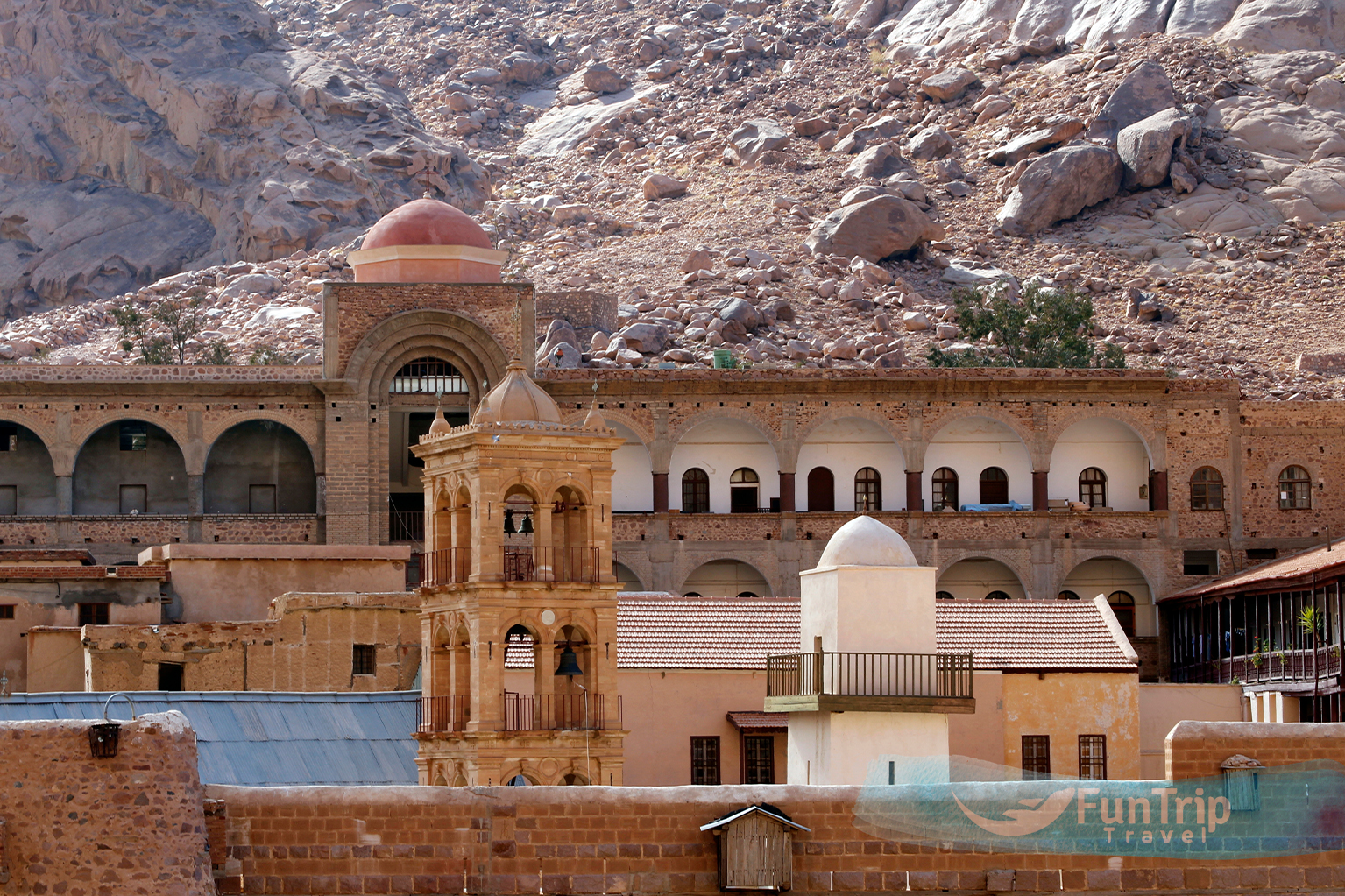
Wadi Fieran
Few places are as steeped in Biblical mystery as the great Wadi Feiran, the Sinai’s largest wadi (valley) and one of its most archeologically important stretches of terrain. It was here, according to locals, scholars, and legend, that Moses (pbuh) struck a rock with his staff, bringing forth a spring so his people could drink.
Feiran is also the site of Rafadim, the fabled oasis where the Hebrews camped and battled the Amelecites. For the pilgrims and believers who have been coming to this wadi for centuries, a journey through Feiran is to pass through an entire chapter of the Old Testament itself, Exodus 17.
Given its prominence in the Old Testament, it is no surprise that Feiran is littered with the ruins of dozens of ancient churches, some dating back to the 4th century AD, when Feiran began to develop into a major religious center for monks and pilgrims, many on their way to Mount Sinai and St. Catherine’s Monastery further east.
The Wadi’s chief religious sites are the rock from which Moses (pbuh) drew water, which convention places at the western entrance to the oasis, and Mount Tahoun, which Moses (pbuh) supposedly used as an observation point to view the battle with the Amelecites. Atop the mountain are an ancient cross and the ruins of a small church dating back to the 4th century.
As captivating as the Wadi’s biblical lore are its natural spectacles. Chief among these is the Oasis of Feiran, the largest oasis in all of Sinai. The heart of the oasis is a spectacular and luxuriant sprawl of palms that stretches over 4 km in length, the reason why Feiran is called the “Pearl of Sinai”. Along the edges of the oasis and the Wadi are the dramatic, often sheer cliffs of the Wadi wall, which contribute to the valley’s secretive and paradisiacal atmosphere.
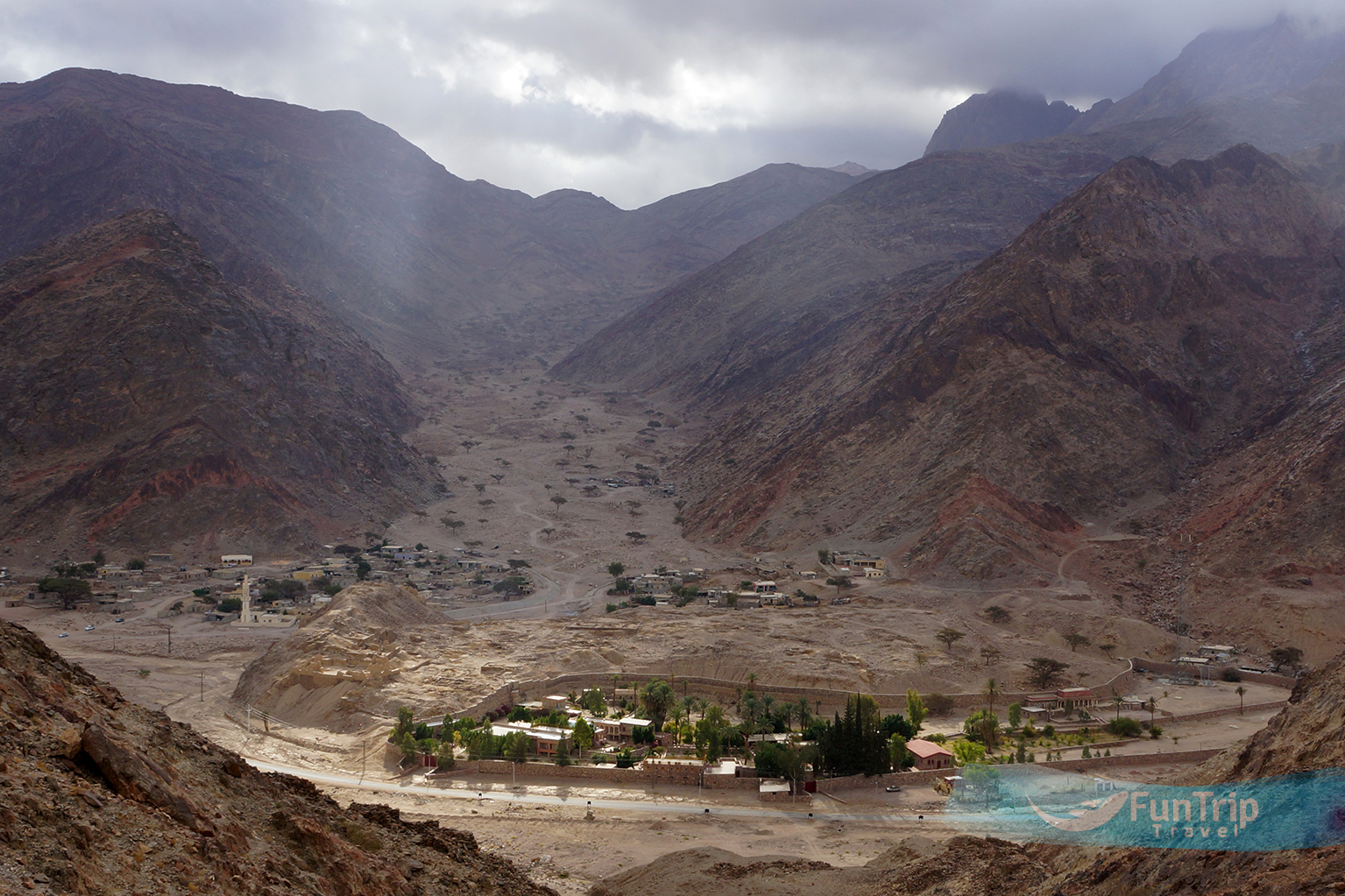
Serbal Mountain
The 2070m Gebel Serbal (believed by early Christians to be the real Mt Sinai) is a challenging six-hour hike to the summit along the Sikket Ar Reshshah track to the south of Wadi Feiran. Those who persevere are rewarded with breathtaking panoramas. Fun Trip arranged for this incredible adventure hike with local Bedouin guides.
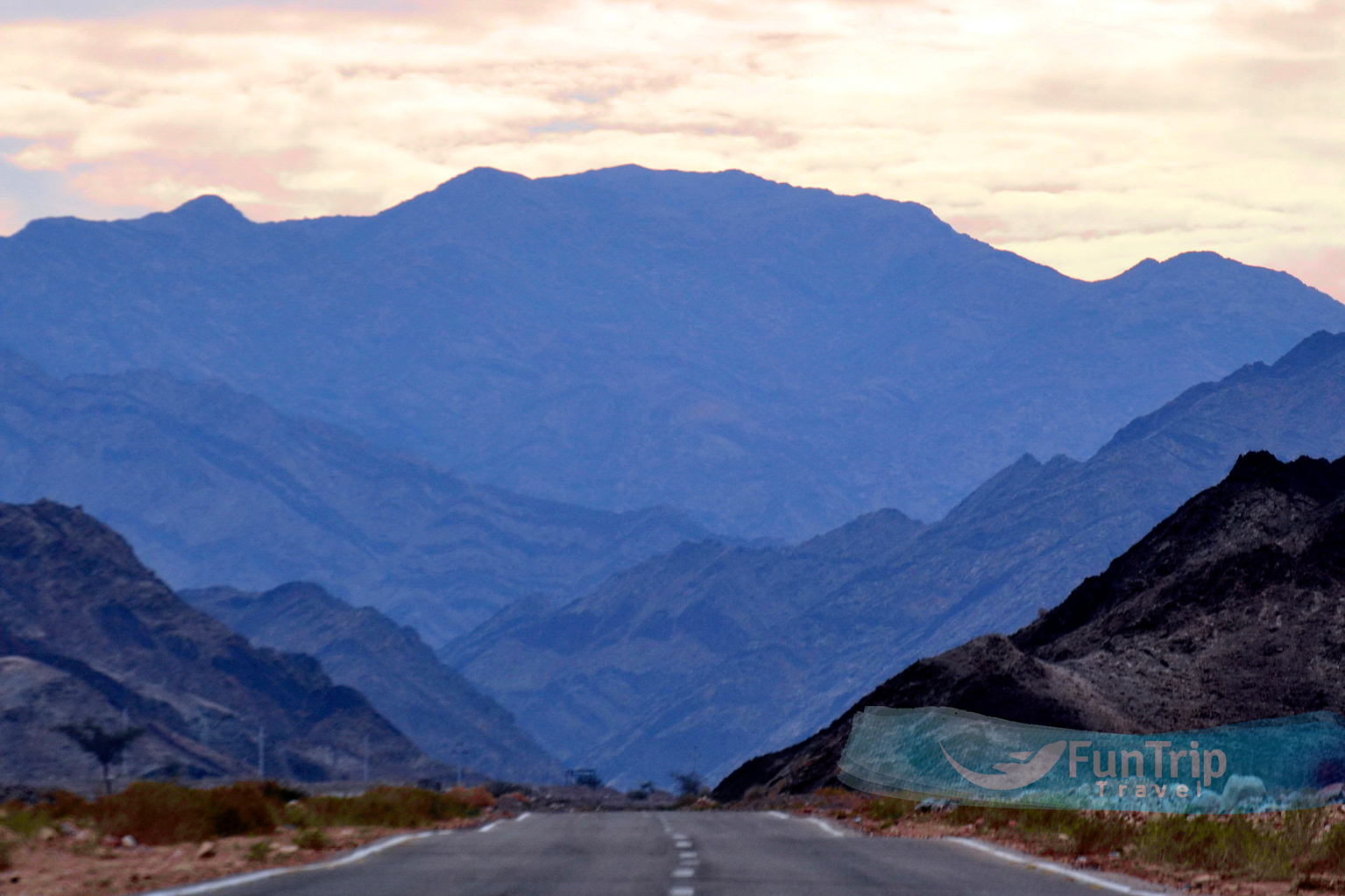
Serabit Al Khadim
Is one of Sinai’s most impressive sites, surrounded by ancient turquoise mines and starkly beautiful landscapes. The Old Kingdom mined turquoise here, and the temple, dedicated to the goddess Hathor, dates back to the 12th dynasty. A New Kingdom shrine to Sopdu, the god of the Eastern Desert, is located nearby. The temple’s benefactors are listed in inscriptions on the temple court walls, including Hatshepsut (1473-1458 BC) and Tuthmosis III (1479–1425 BC).
Serabit Al Khadim can be reached via an unmarked track just south of Abu Zenima or, more interestingly, via a track branching north off the road running east through Wadi Fieran via Wadi Mukattab.
